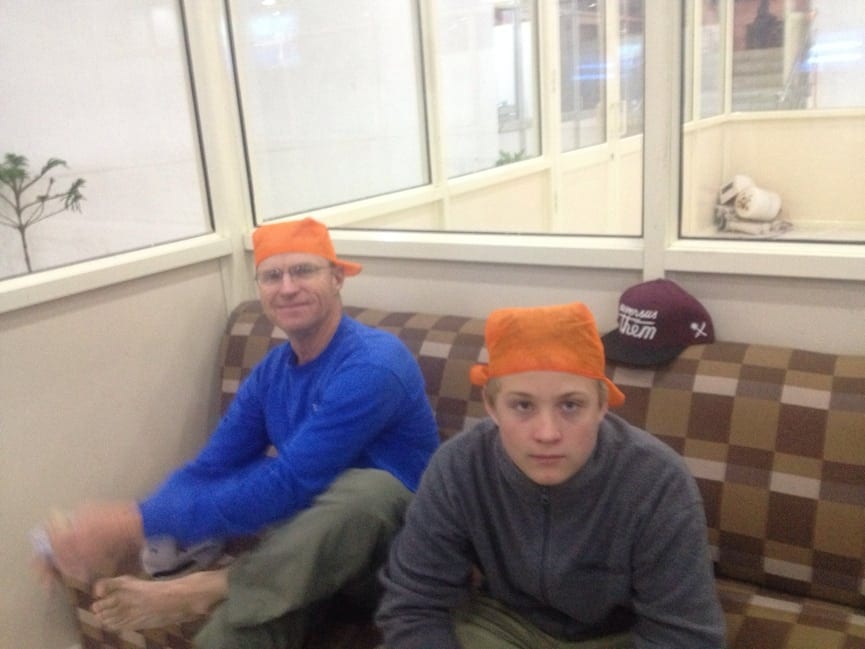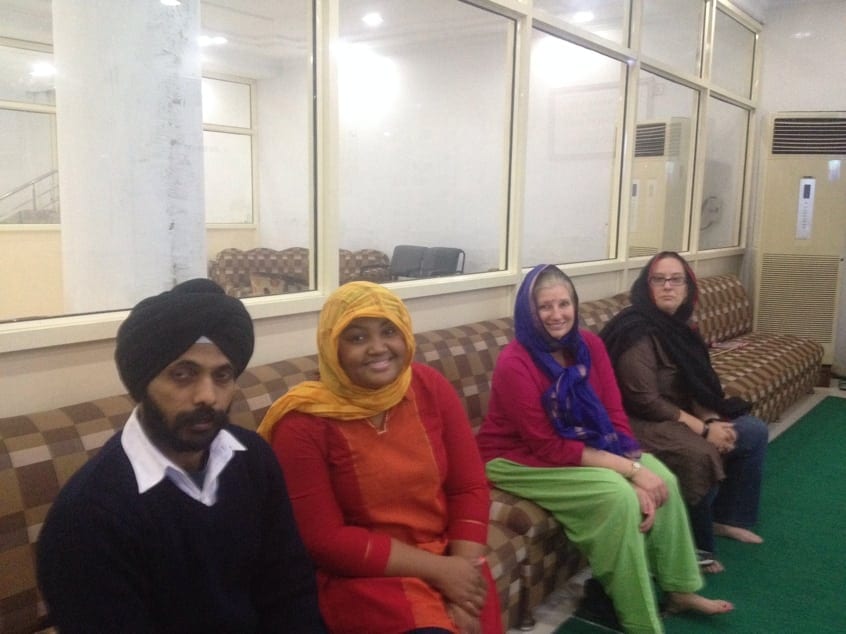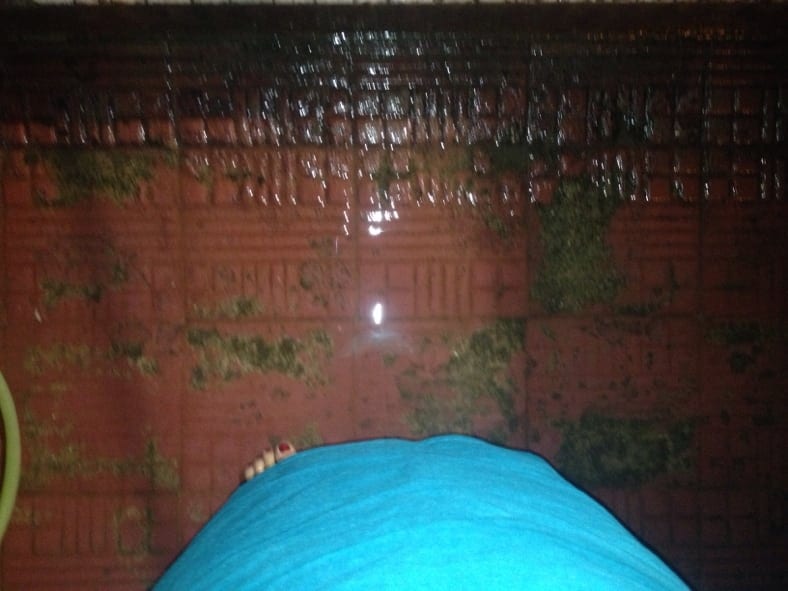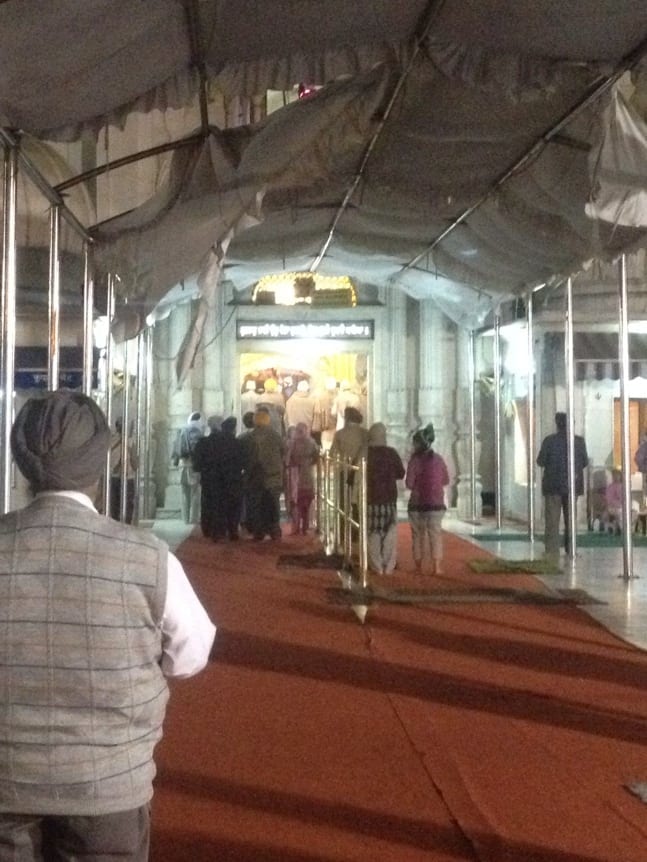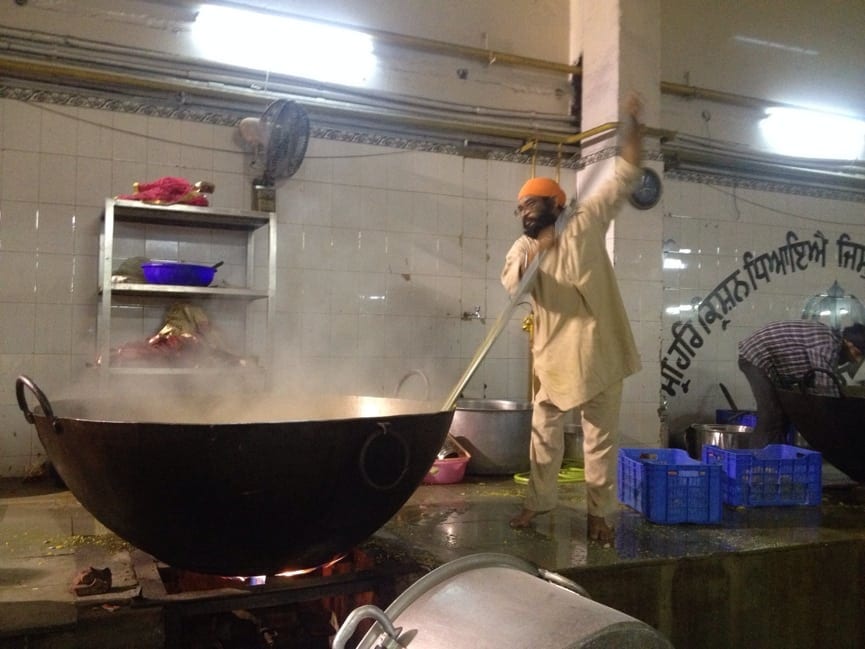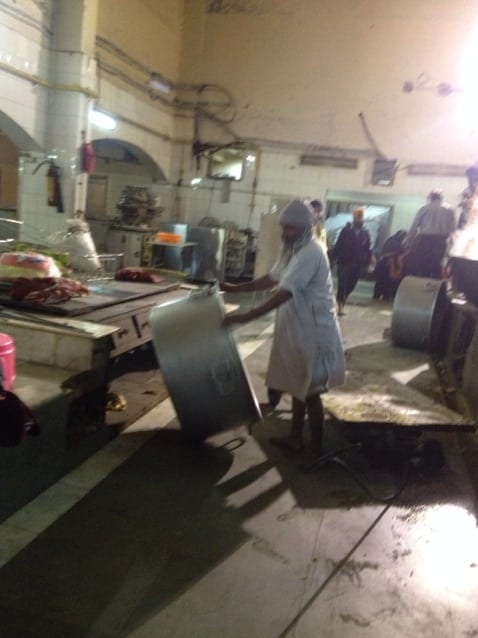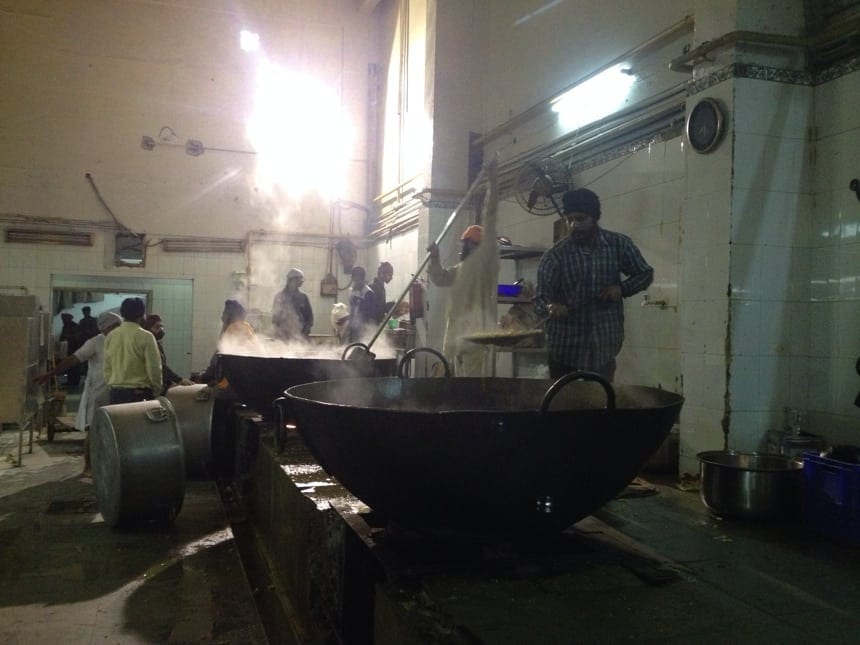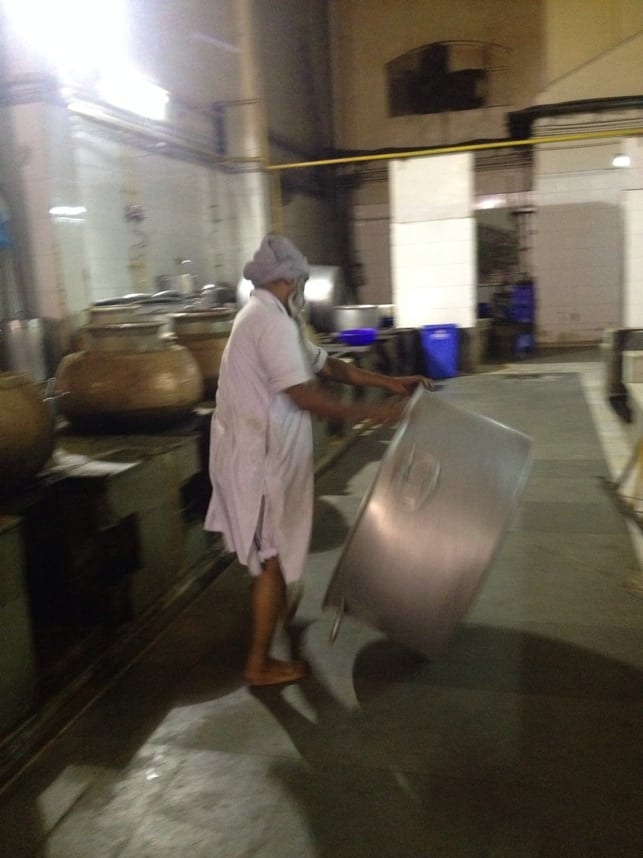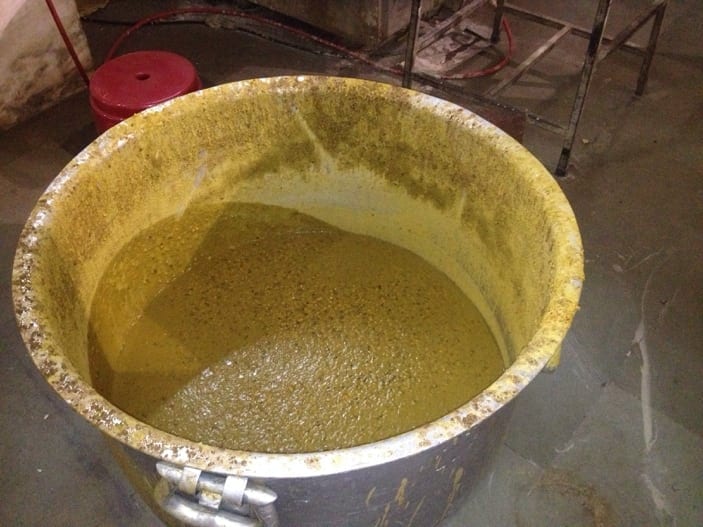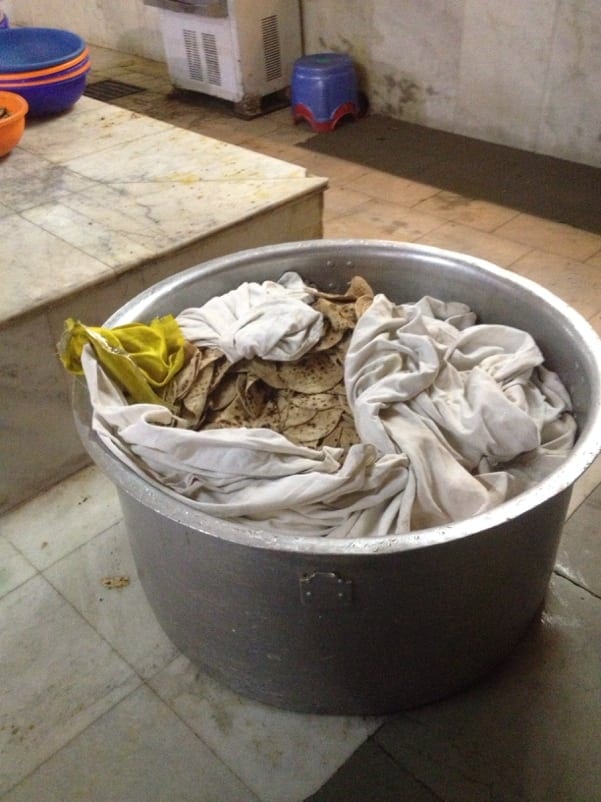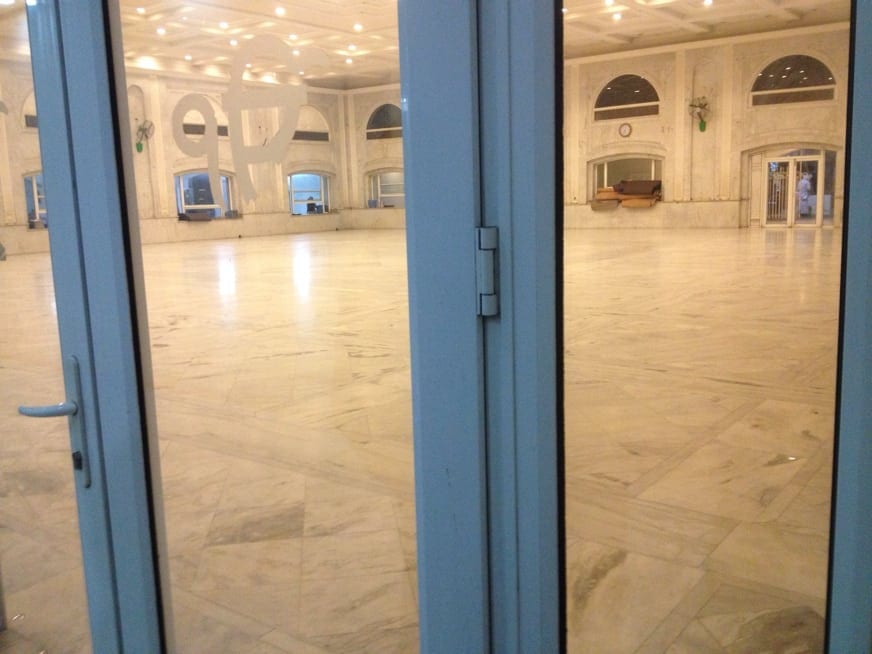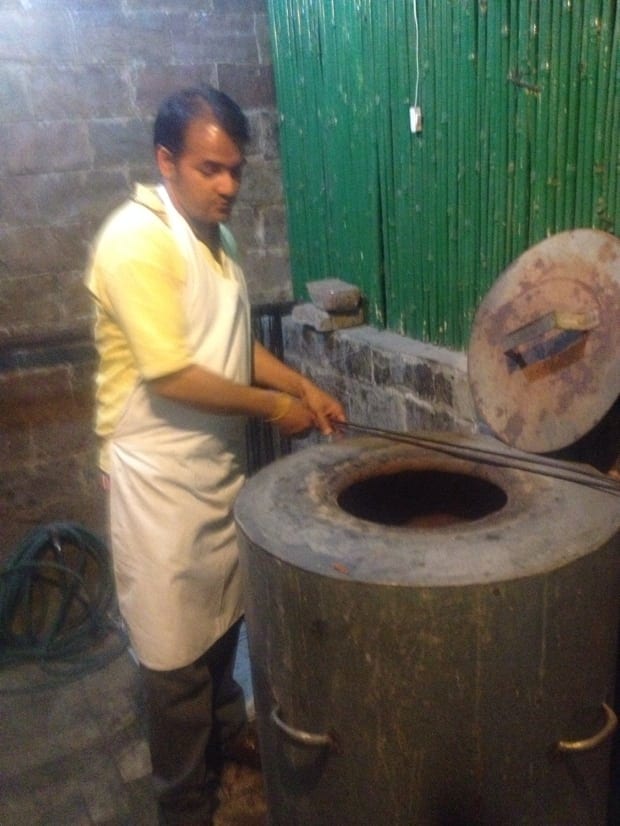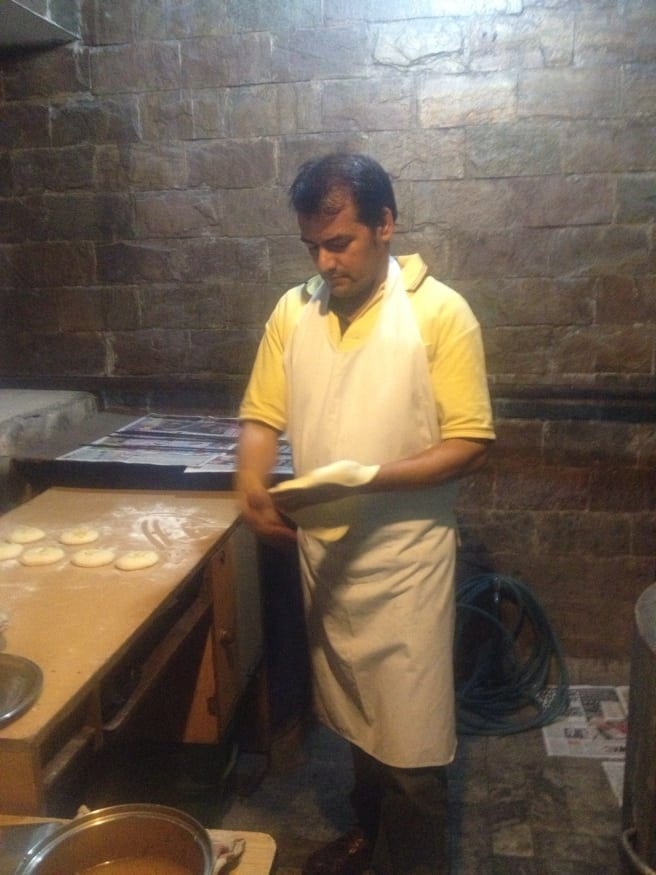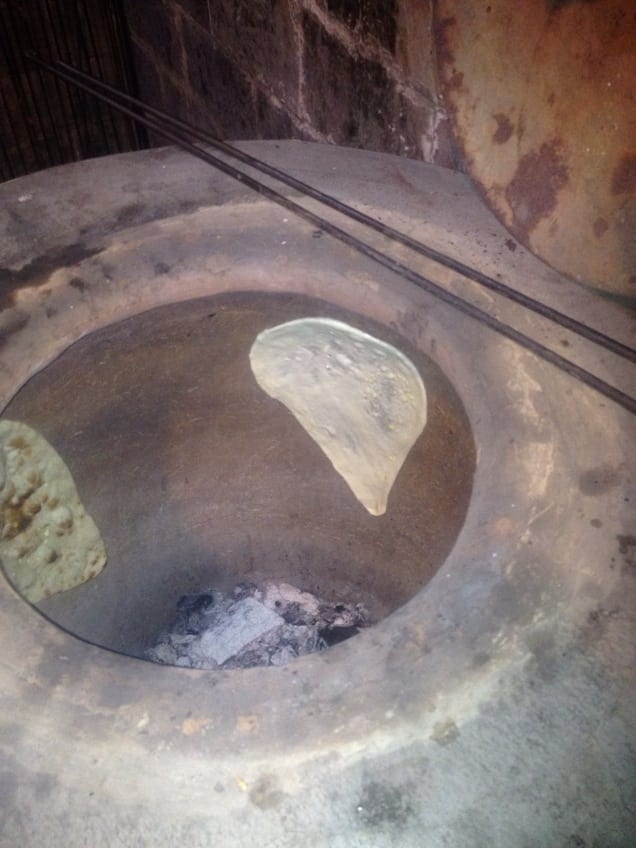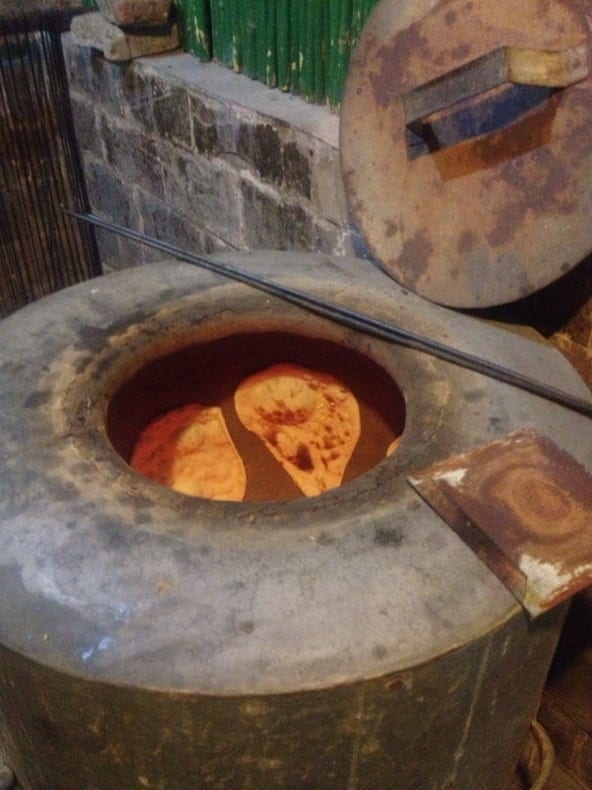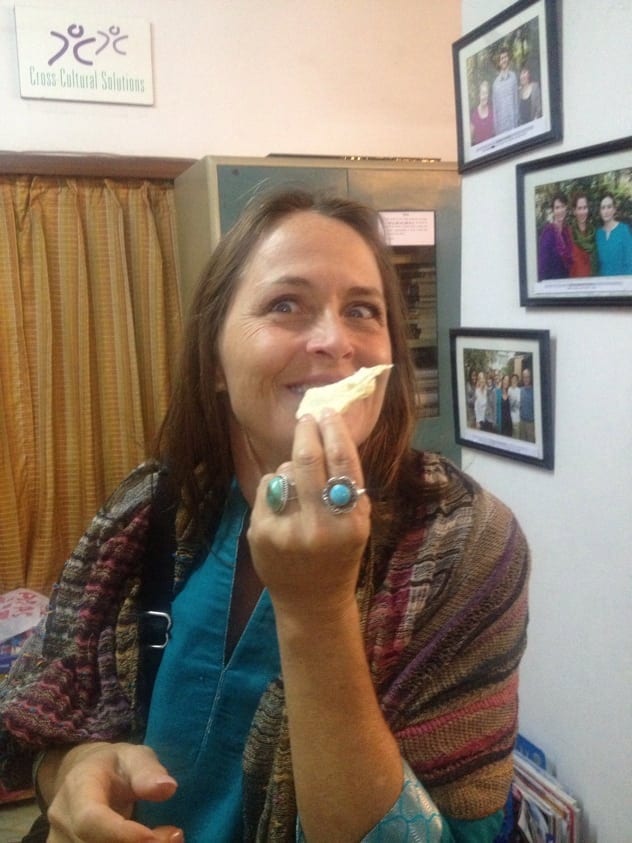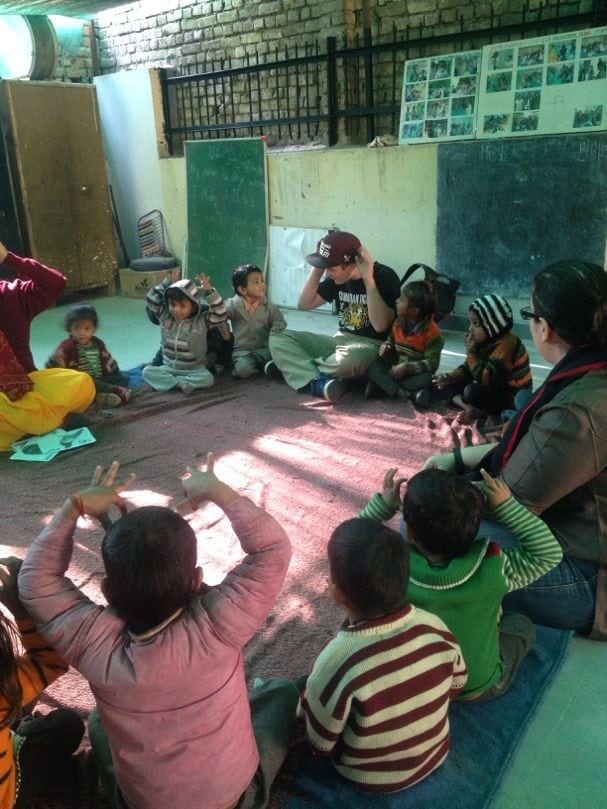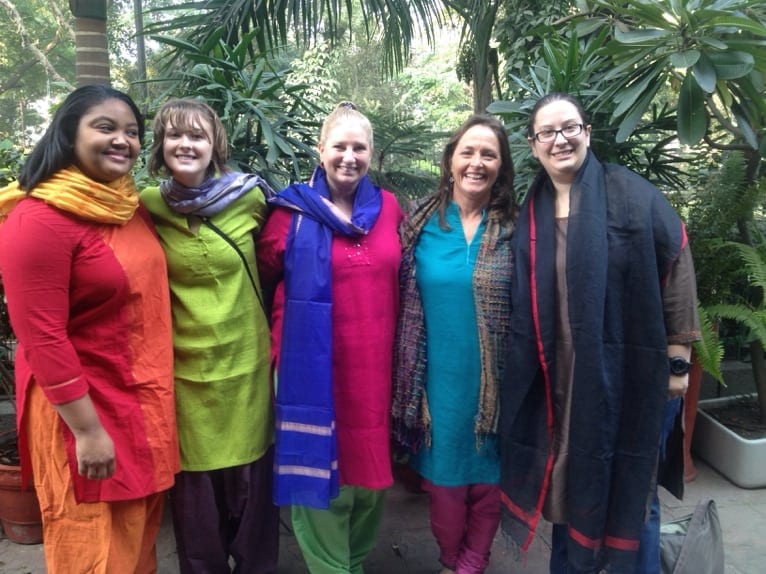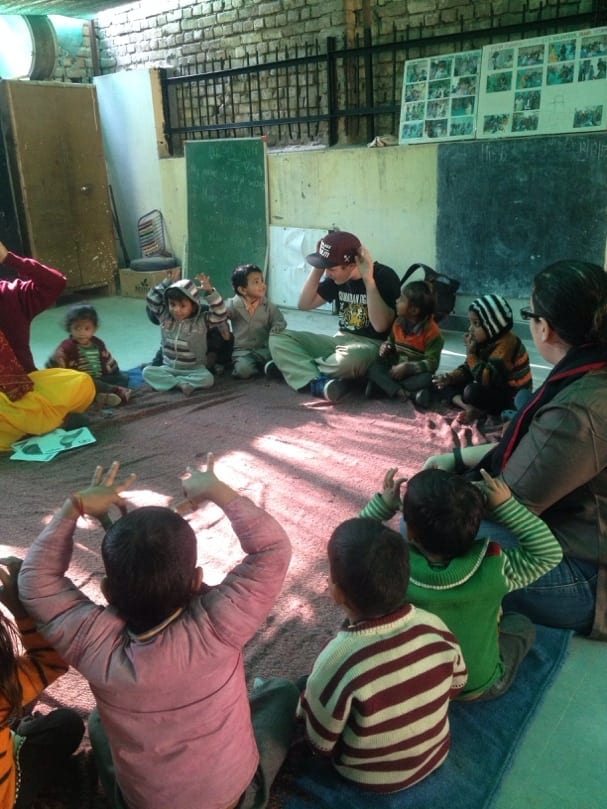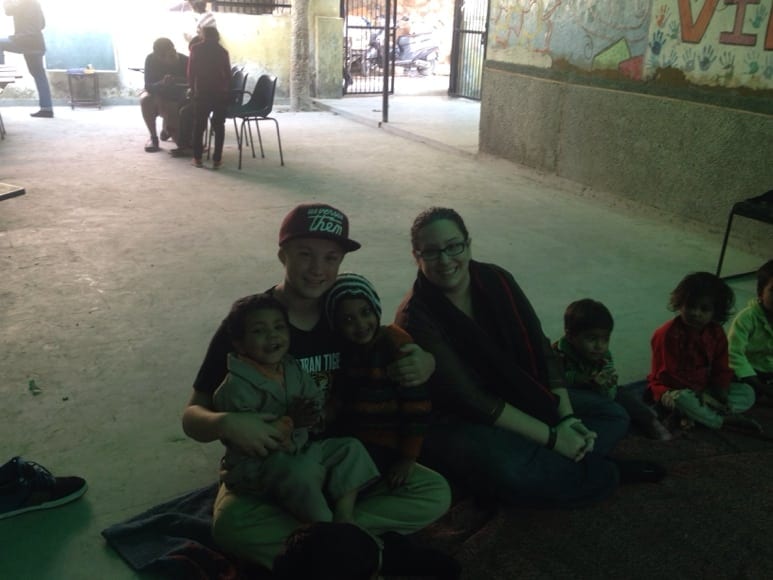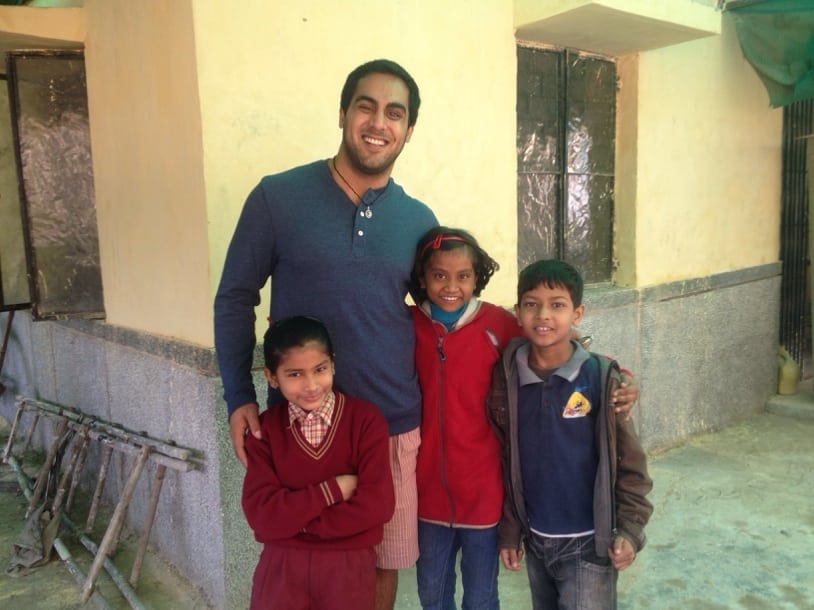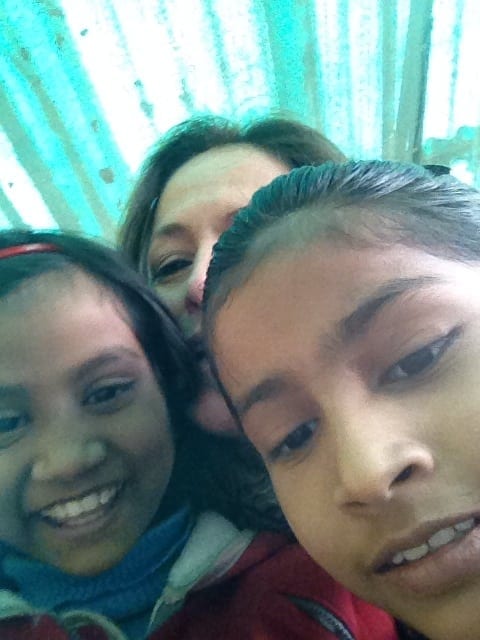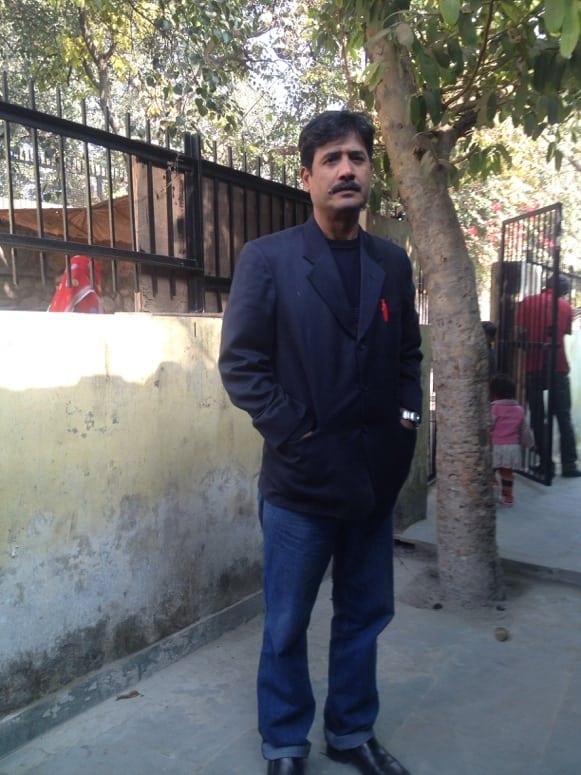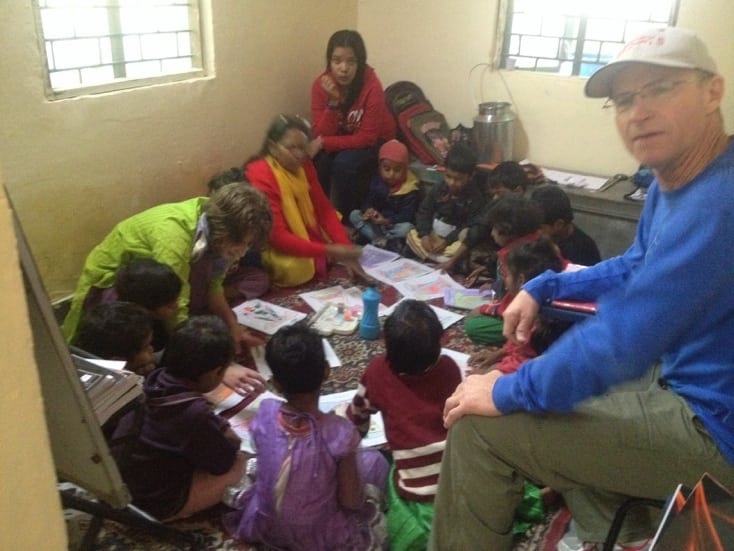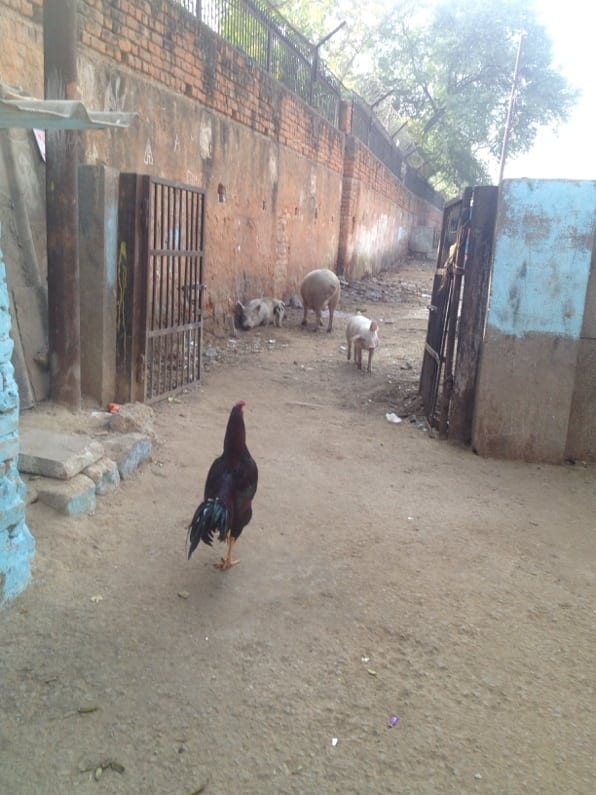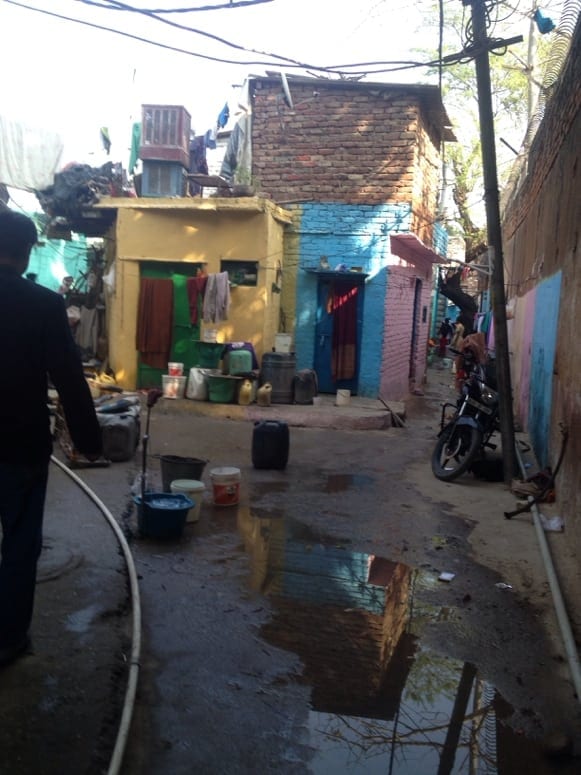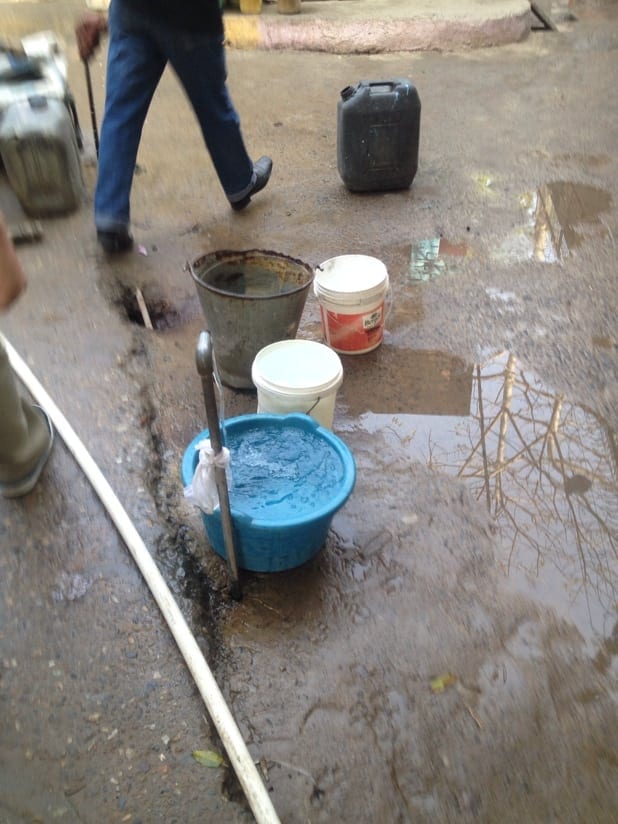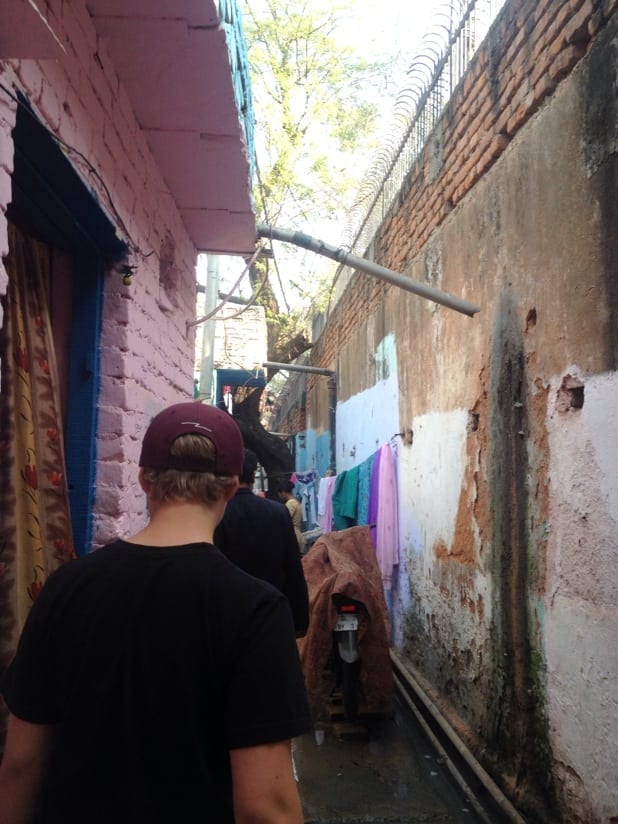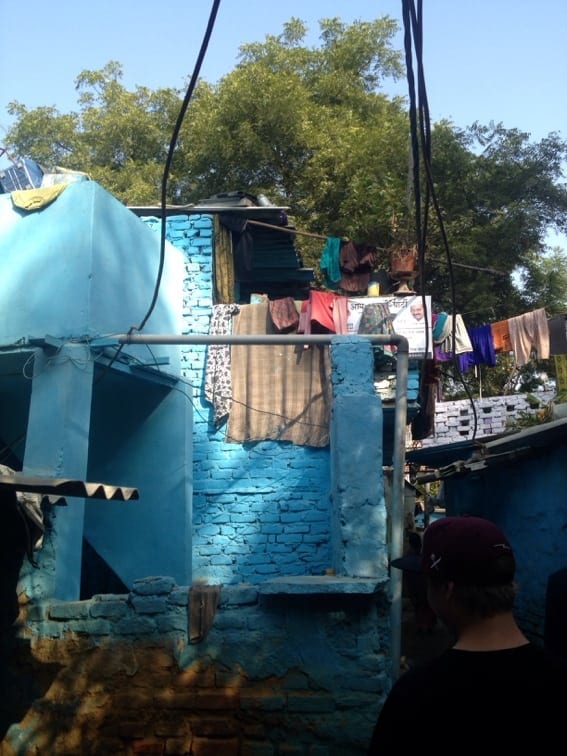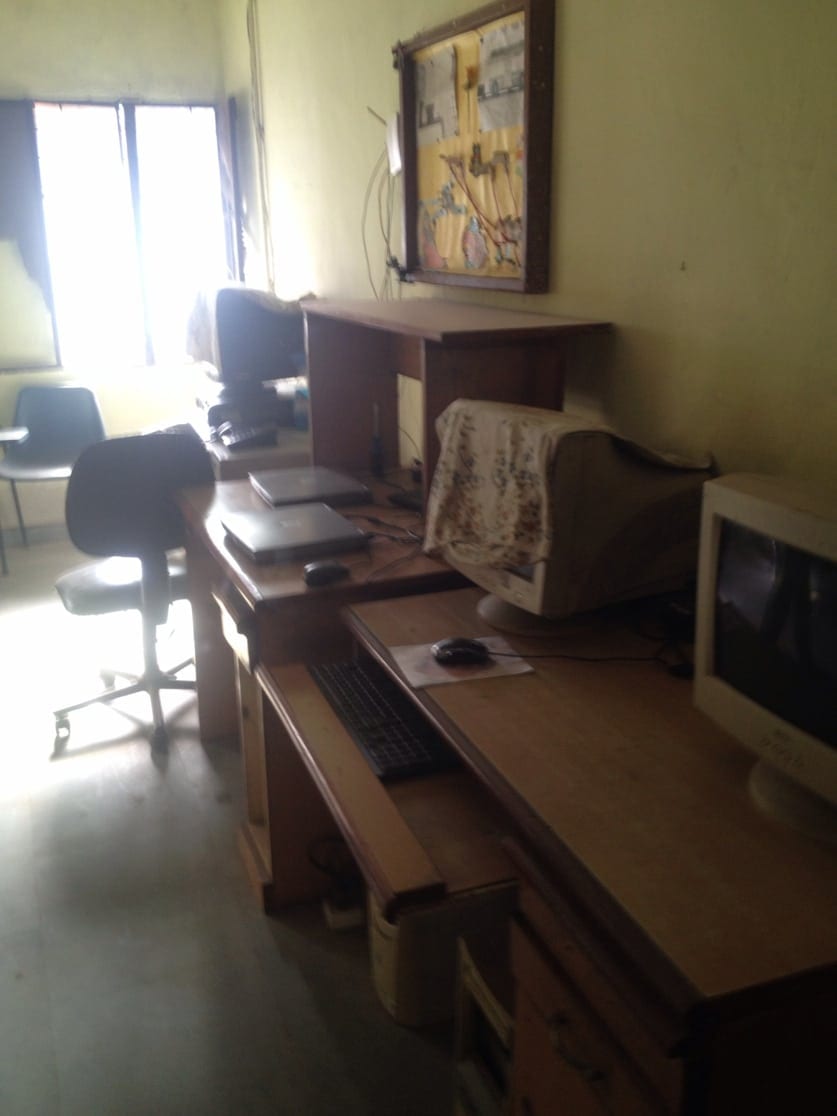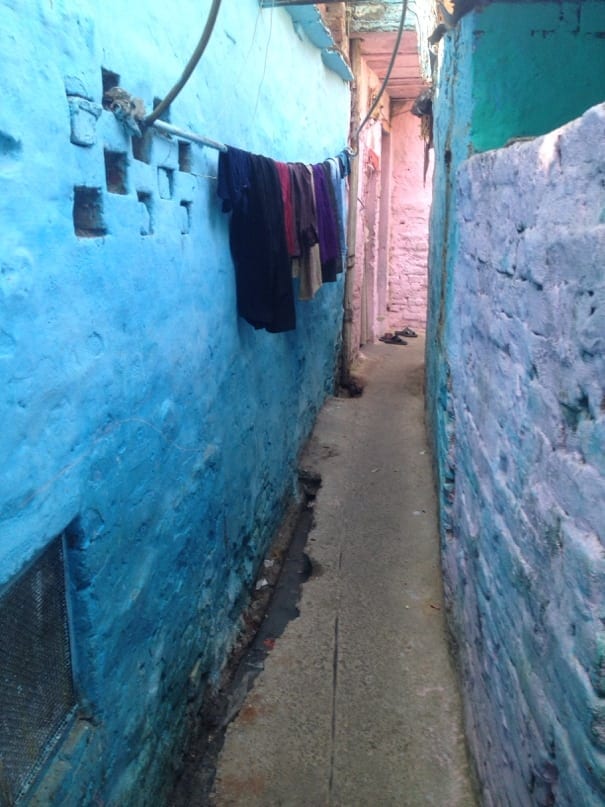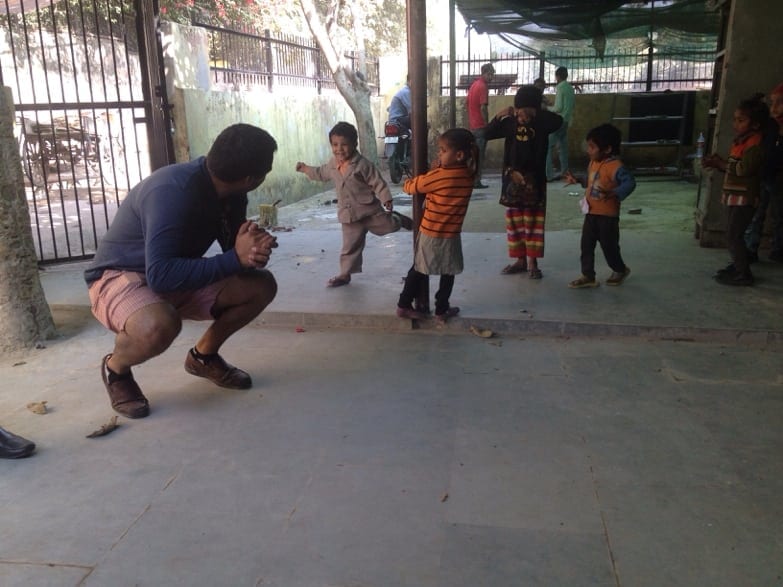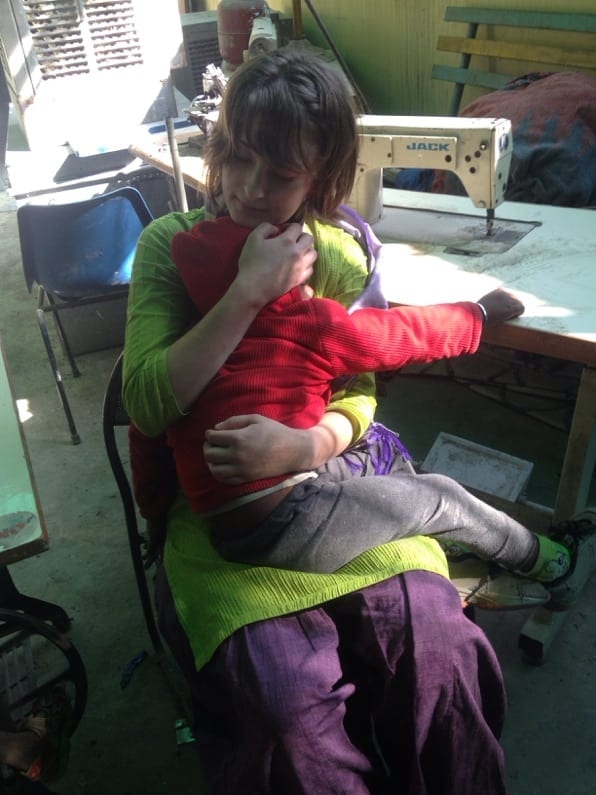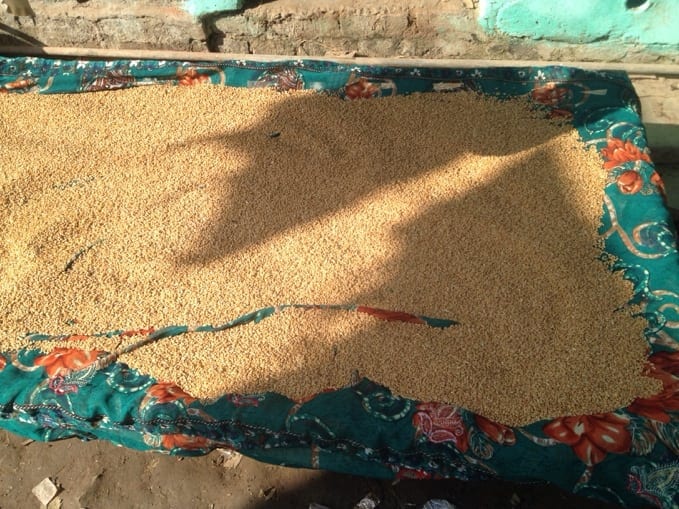Oh my goodness! What a busy month February was for both Sean and me. There were times this month when I felt like I barely had time to breathe. I actually realized TWICE! that I had showered and forgotten to shave. I remember being super busy close to the end with biology too. There is a point when writing a book where I can see the finish line, and I am ready to be there, so I work as hard as I can even at night. I did not finish it this month, in case you are wondering. (The book has yet to be illustrated or edited by anyone but my husband Jim, Sean, and me. So do not start looking for it soon.)
The photos are a series of memes I found on my computer this month. Put there I am sure because of a back and forth Sean and I have going on, “Is it meant to represent a prism separating light into its individual wavelengths, or Pink Floyd’s the Dark Side of the Moon?” This all started when I bought a pair of pajama bottoms for Sean, because I thought it was cool Target was selling scientifically themed clothes. When Jim and Sean saw them, they immediately said, “Dark Side of the Moon, cool!” I disagreed! Unfortunately they were correct about Target’s intent, but I didn’t give up right away. So… memes and a bit of teasing.
Sometimes this year the academics have come together and Sean has seemed to just “get” it. That was what it was like with computer programming and math in February. Everything just jelled. This was good because Sean needed lots of sleep this month. There have been many days when he was tired all day, ravenously hungry, and extremely grumpy. TEENS! He must be growing again.
On every level, I was happy with our handcrafted homeschooled education this month. I think of the process I use with Sean as similar to how I would create a recipe. I love to create recipes by the way. I almost went into chef school instead of becoming a chemist. There are a lot of parallels between cooking and chemistry. I cannot tell you how many times my family has told me that they love something I made, and I have said, “Hmmn, I’m not sure if I can re-create this recipe. I changed so much, and I didn’t write down the specific amounts for what I used.”
Computer programming is a good example of this. Sean was going to take 3 quarters of programming this school year. Last month I told you he was going to take a break, and not take a class in Spring Quarter. Then he changed his mind, and decided to take the class. Because he has been so grumpy this month, I sat him down and asked what was going on. (Besides the obvious, which is puberty.) It turns out, it was because he really didn’t want to take the class. He has a friend taking the class with him, which makes him want to take it. He thought I wanted him to take it, which made him want to take it. I told him I only wanted him to take the class if he wanted to, but I did want him to do something computer related. The upshot is, he will not be taking the class. He will be designing a website. It was time to tweak that ingredient, exchanging it for something else.
Sean has continued to enjoy the law class and the history class. For one of the classes, Thom, who teaches both, asked Sean to choose a historical event that interested him and learn more about it. From there they talked about the different ways that historical event is portrayed and perceived. It was a great lesson, made even more meaningful because Sean chose the event they focused on. He devoted a couple of days learning about the Watts riots. It is wonderful when Sean becomes captivated with an area of study, coming to me to tell me about what he has learned.
Sean suffered from migraines several days this month. It has been a couple of years since he has had so many in one month. We are lucky we homeschool. It must be difficult for kids who suffer from migraines, who have to attend regular school. One day Sean could not get out of bed. He wanted to lay there curled in the fetal position, sleep, and listen to a book on tape. So he did. On other days when he suffered from migraines that were not as bad we went geocaching or he read. He went to rowing all but one of the days. Rowing helps with the migraines. At first they were a trigger, but after a while they helped alleviate the symptoms and cut down on the incidence of the migraines. His doctor told us this would be the case, so we toughed it out for the period early on when they triggered the migraines.
We heard back from Stanford. Sean was accepted into their pre-collegiate summer session. He will spend three weeks studying Computer Simulations and Interactive Media. I’ll be honest and tell you, I’m excited for him. I’m not excited because I think this means he’s going to end up getting to go to college at Stanford. (Sean has no idea where he wants to apply to college, other than he wants to go somewhere with a crew team.) I am excited because of something I was told once about Stanford.
The daughter of a friend attended Stanford’s Online High School. They were not homeschoolers. Her daughter had always done very well in school. She was on the ski team, and wanted to have more time for skiing. She also wanted to challenge herself academically. Stanford’s online school gave her the flexibility to ski more, coupled with rigorous academics. I asked her what the teaching was like for the on-line classes. She told me that the teachers she was working with were the best teachers she had ever had. She said they made her think of things and look at topics in new ways. She told me that these teachers had opened her eyes to new perspectives. This is why I am excited for Sean. I hope he has a similar experience. I think it likely, given that Stanford cannot tell you exactly what your child will be working on, because they put together a planned project based on who attends. They look over the strengths and passions of the kids who will be in a session and plan what the project will be based on those students. It sounds like the homeschool version of learning, doesn’t it?
As I mentioned last month there were several essays as a part of the application. We went about this part of the application informally at first. Sean and I started conversationally without any paper or computer in front of us. I would ask Sean one of the questions he needed an essay for, and he would answer orally before writing them down. I used this approach because I wanted the real essence of him to come through. When Sean answered the questions on the application I did not want the focus to be on what he needed to write to get into the summer program. When Stanford sent us the invitation to apply, the only thing they knew about Sean was that he was a high school aged kid who had done well in a couple of computer science classes. They did not know one other thing about him. It’s possible that their summer program wouldn’t be a good fit for him. And if it wasn’t a good fit for him, it wouldn’t be worth taking three weeks out of the summer to go to it. I was completely surprised by some of his answers. I got to know him better through this process. There was no right or wrong answer, and I did my best not to steer him in any direction. If he was stumped on an answer I would say, “This is what I think they’re asking.” Then I would rephrase the question, but not in a way that introduced my bias. Again it was important to me to make sure Stanford was a good fit for him. If they didn’t want him because of something he answered in his essay, that would be okay. Whether a program or a college is a good fit works both ways, and not every place or every program is going to be a good fit for Sean or anyone else for that matter. I don’t care what the name is on the logo, if it isn’t a good fit it’s not worth spending the time, the money of life, participating in it.
Here are some excerpts from his essays. These are not all from the same essay, or for the same questions.
I thought this was a clever perspective
“When I was little, I loved building with Legos. Using algorithms and data structures is like building with Legos where you take one piece, add another in just the right place, and you keep adding pieces until you have built something from them. With programming it is even better than with Legos, because you take 2-dimensional characters on a screen, adding them to each other and putting them in just the right place, to build something important people can use.”
I was totally surprised by this one.
“In many ways I am your typical straight A student…” How would he know what a typical straight A student is like?
This is my favorite passage, and it blew me away. I flat out had no idea why Sean was always dragging us into art galleries. In case you are wondering, neither my husband nor I on our own visit art galleries or museums. Sean has always enjoyed visiting them, so we do. For a long time he mispronounced museum, musaam. He was constantly asking to visit “musaams”. One of the things my husband Jim values most about homeschooling is how homeschooled kids seem so much more comfortable exploring their passions and differences. Jim thinks this is because they do not have a peer group telling them something is uncool. How many 15 year old boys would admit to wanting to travel the world visiting art galleries and museums. I can think of some besides Sean, and they are all homeschooled!
“These are only a few of the things I have learned and seen while traveling. Every time I see or learn about something new, the world gets both bigger and smaller at the same time.
It is the same thing when I go to art galleries. In every country and town we go to, I visit art galleries, large and small. When I visit art galleries, I do not look at each piece for its beauty. I look at them to try to understand what the artist’s intent was. This is what traveling does for me. It is almost spiritual as it opens me up to the intent of other peoples, cultures, and times. To me the world is a rich tapestry that I am fortunate enough to be traveling through.”
I wanted to celebrate Sean’s acceptance. So we took a day to visit The Art Museums in Balboa Park, near where we live. On the way there we walked by an artists village. Sean wanted to stop there first to check out the living artists. We never made it to one museum. We spent the day wandering through the village, talking to artists, and watching demonstrations. Glass blowing looks fun!
I was too busy to read much this month that wasn’t research for earth science.
Both Sean and I read:
Golden Son
This is the second book in the Red Rising trilogy. It is even better than Red Rising. I can’t wait for the next book to come out!
Will Shortz Presents Challenging KenKen
I love KenKen when I am really busy. I like to read or work these sorts of puzzles to unwind. KenKen is better than reading if I have things to do in the morning, because I do not get sucked into them, staying up until 2 or 3 a.m. to finish them.
Check out our 5 month update here.


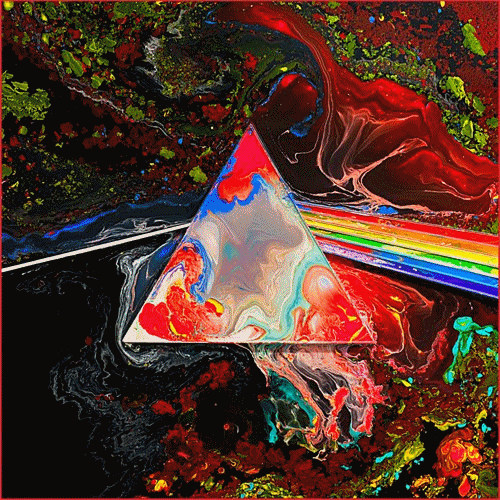

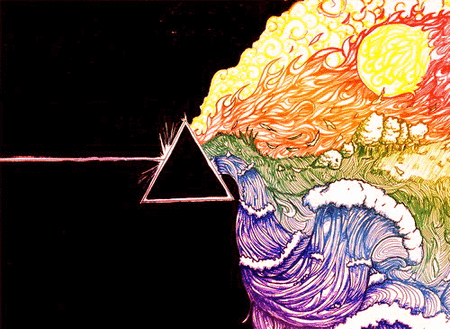
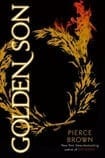

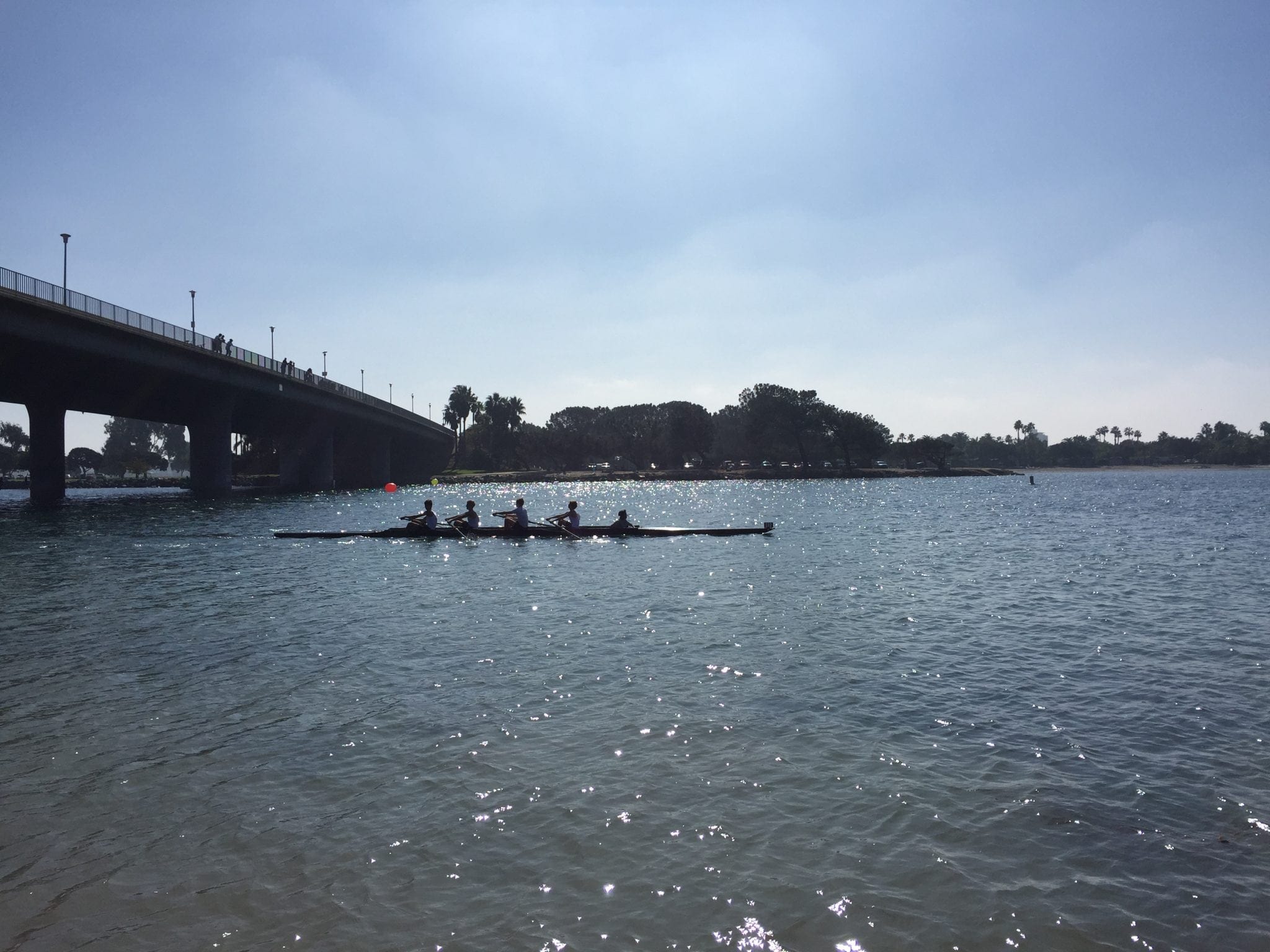
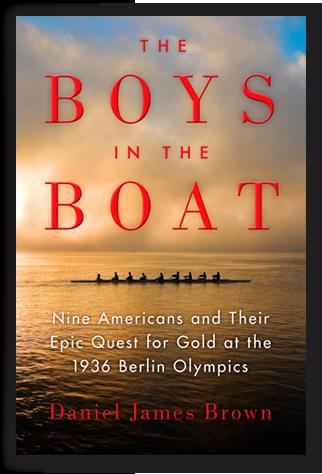
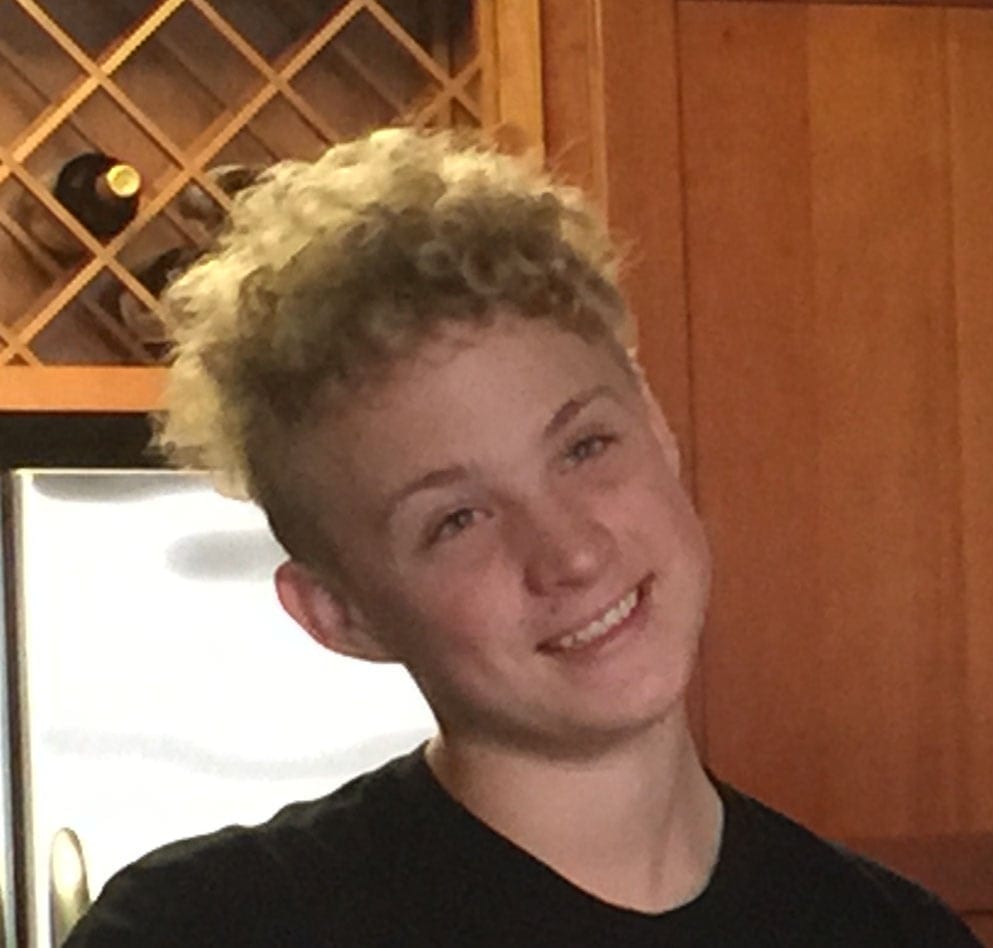
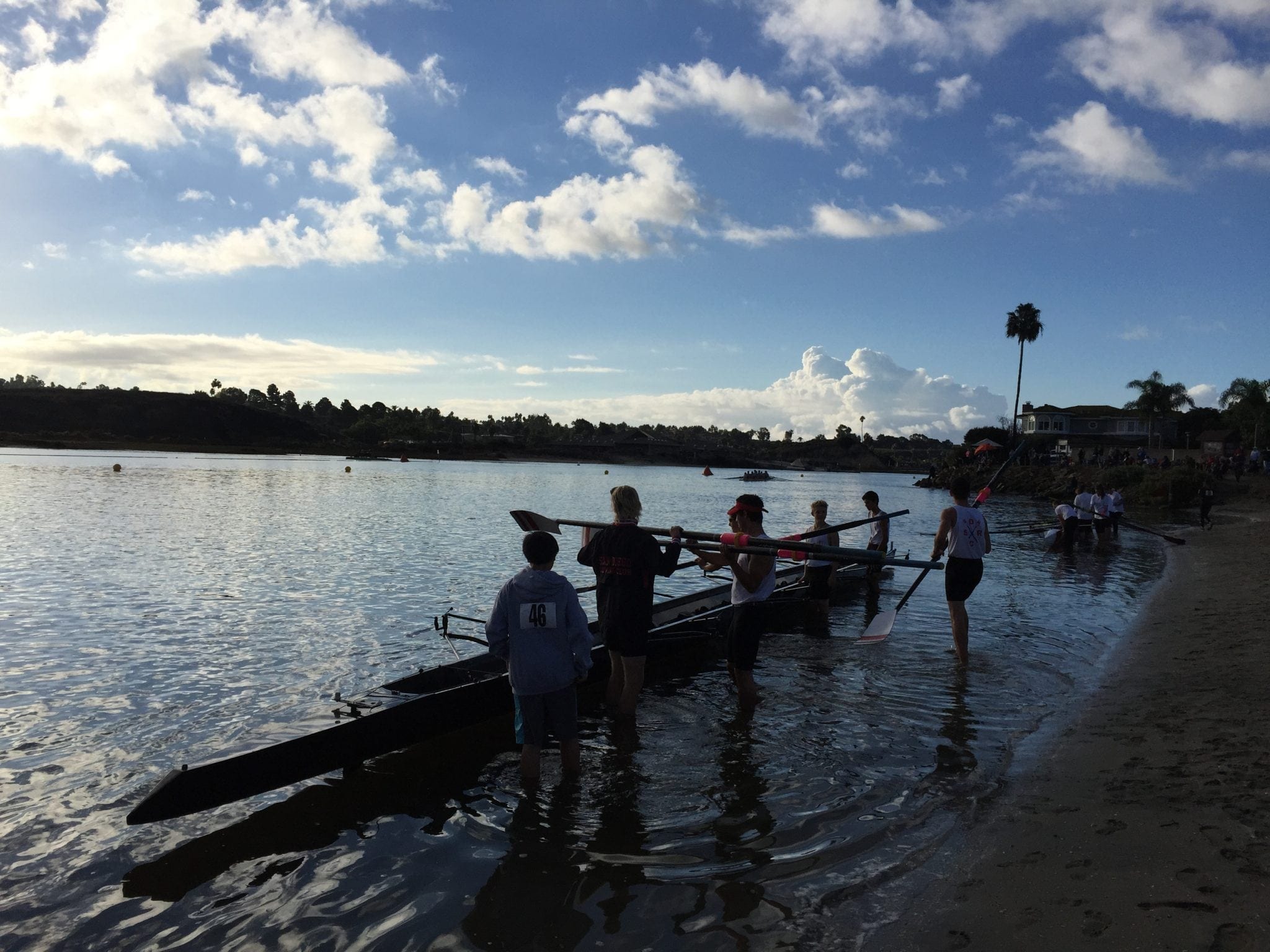

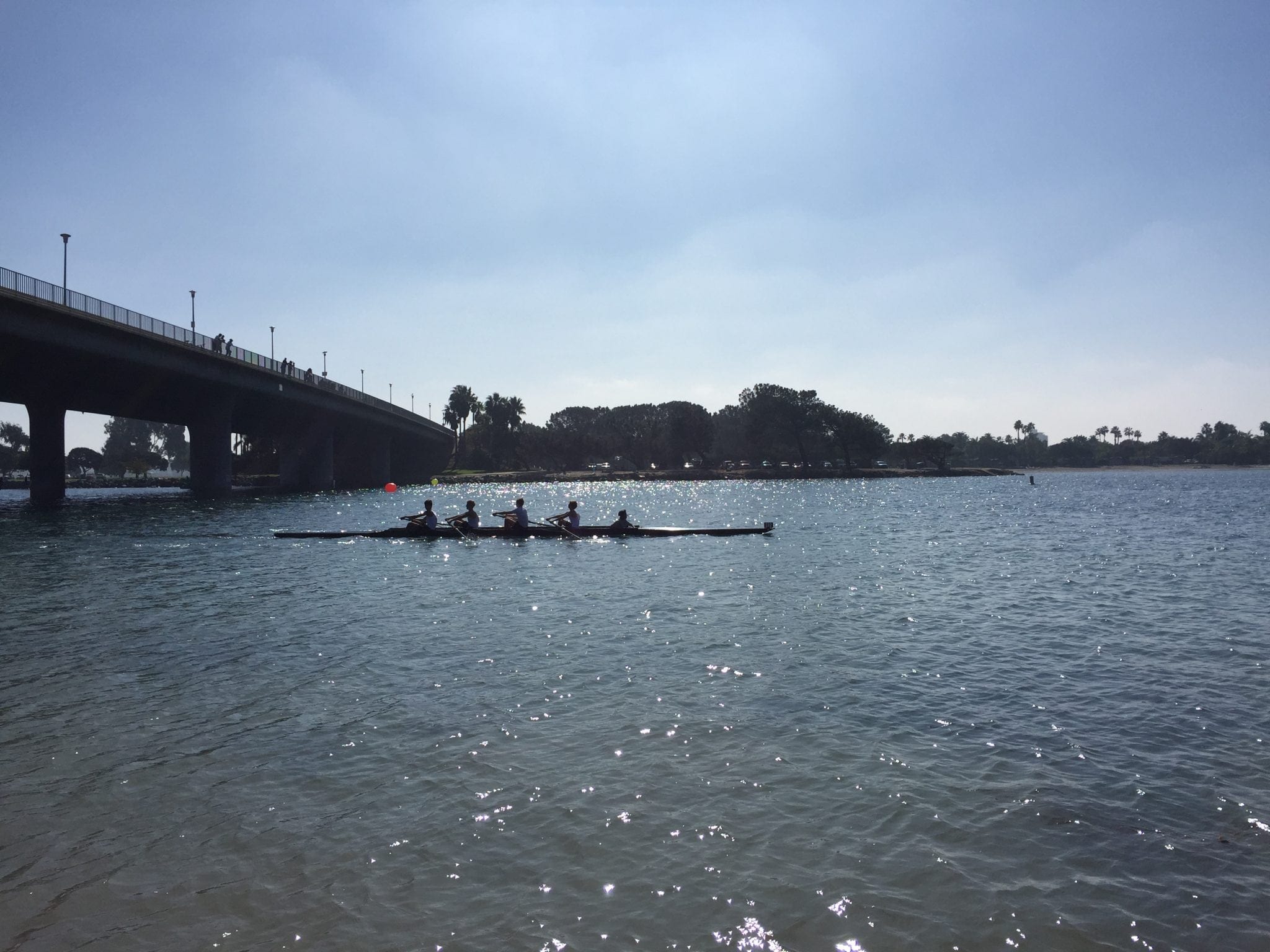
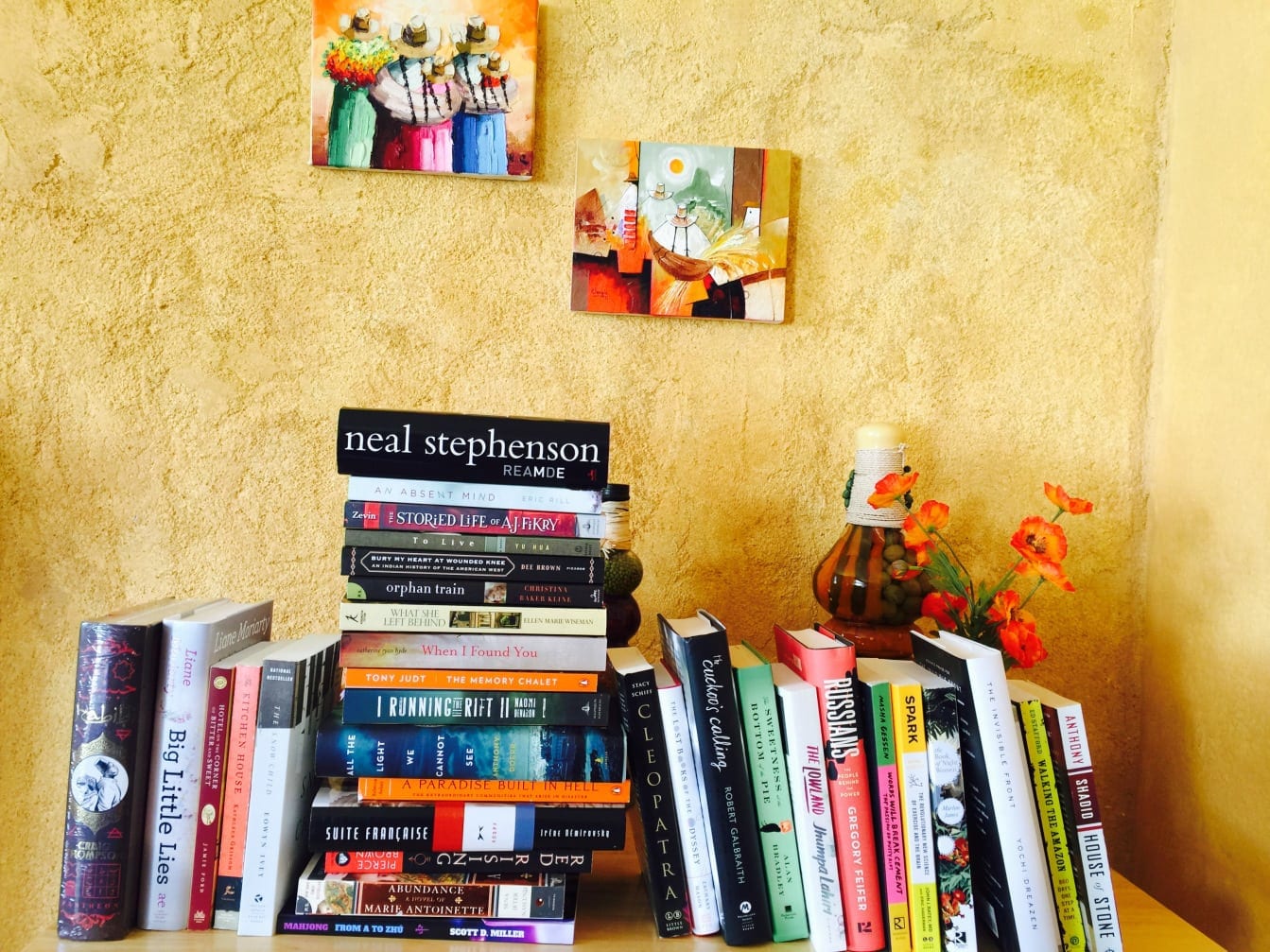
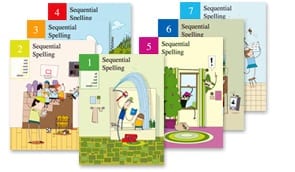
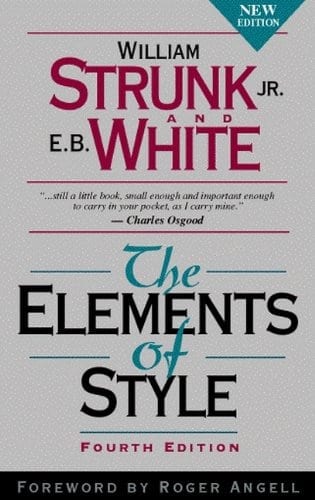
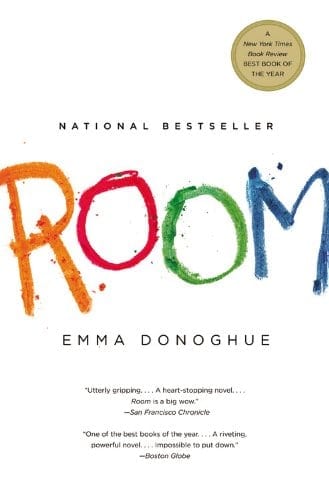
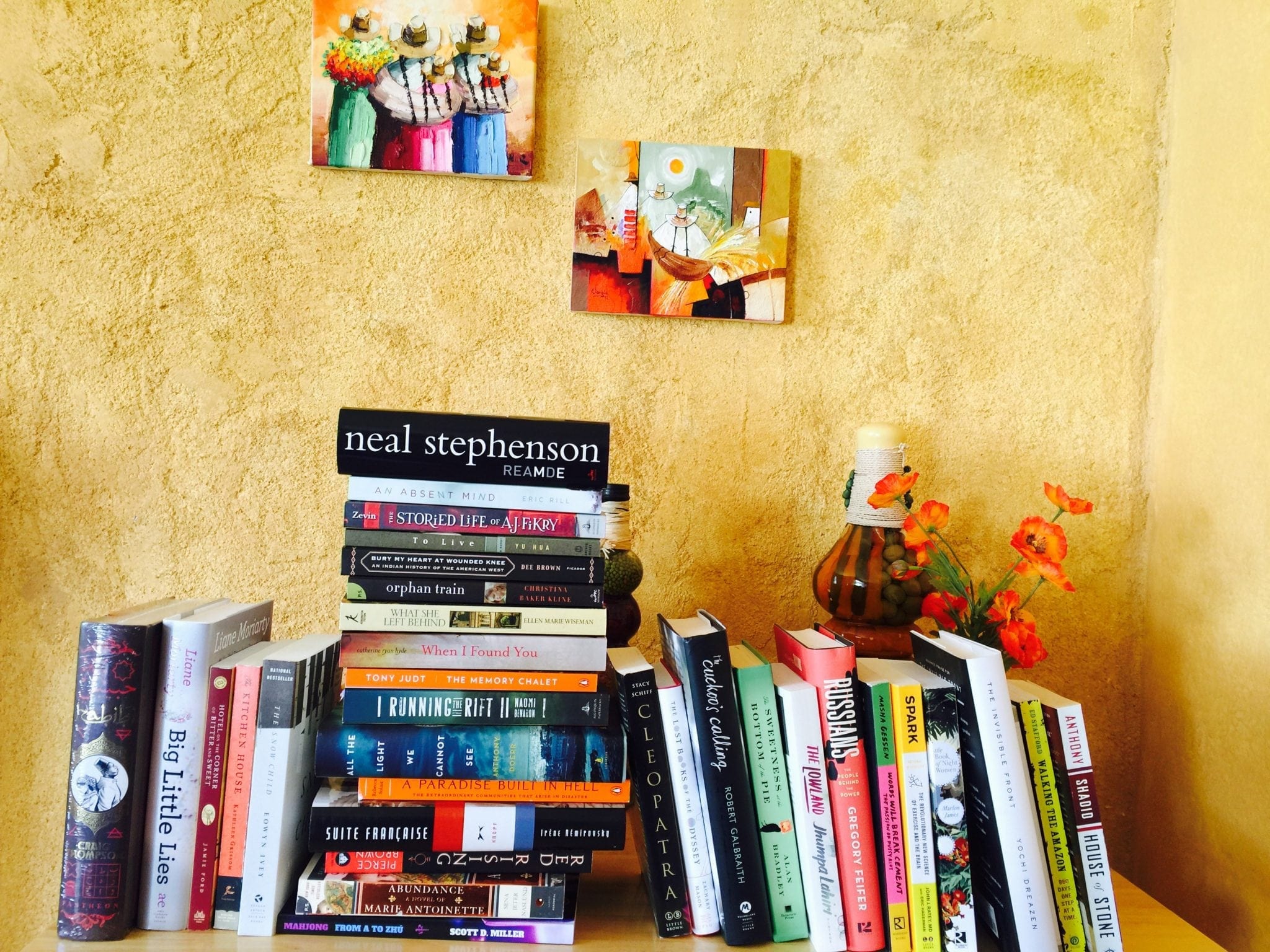
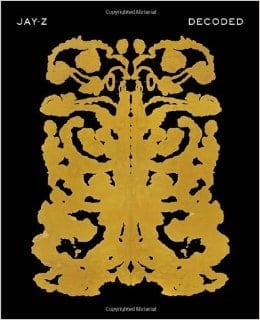


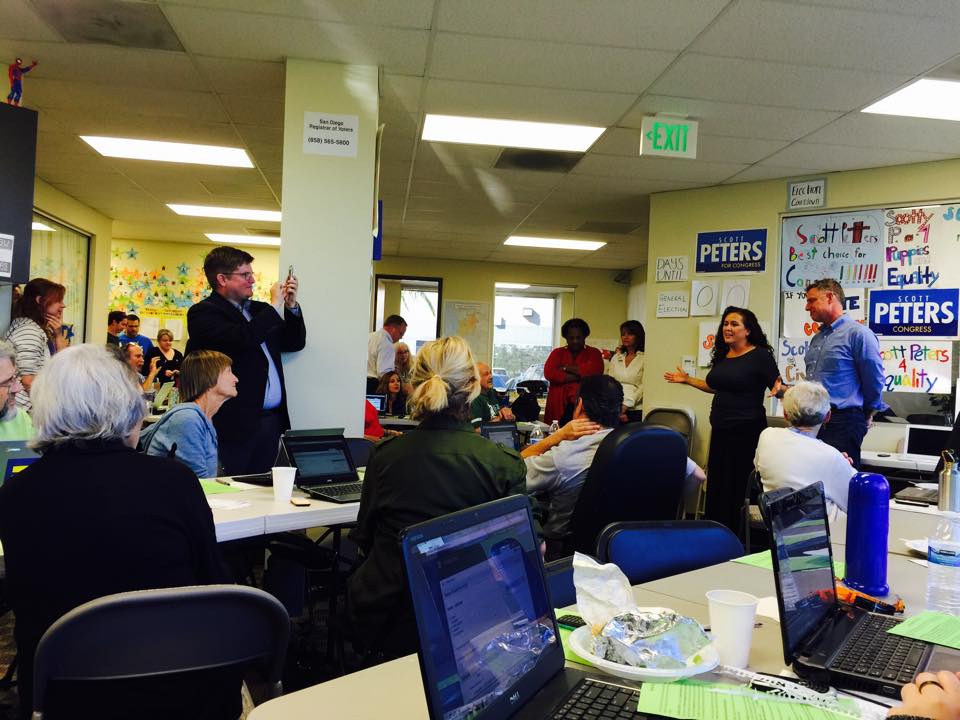
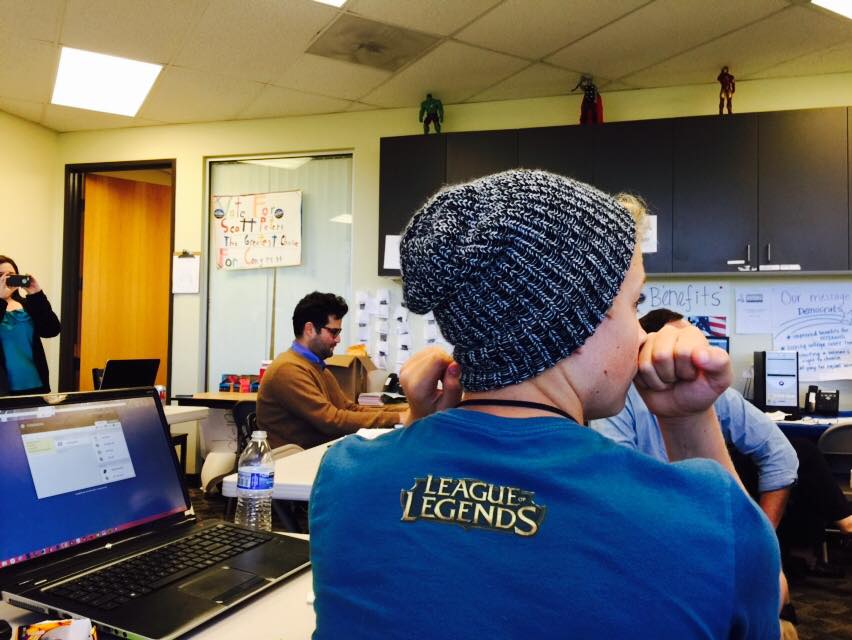
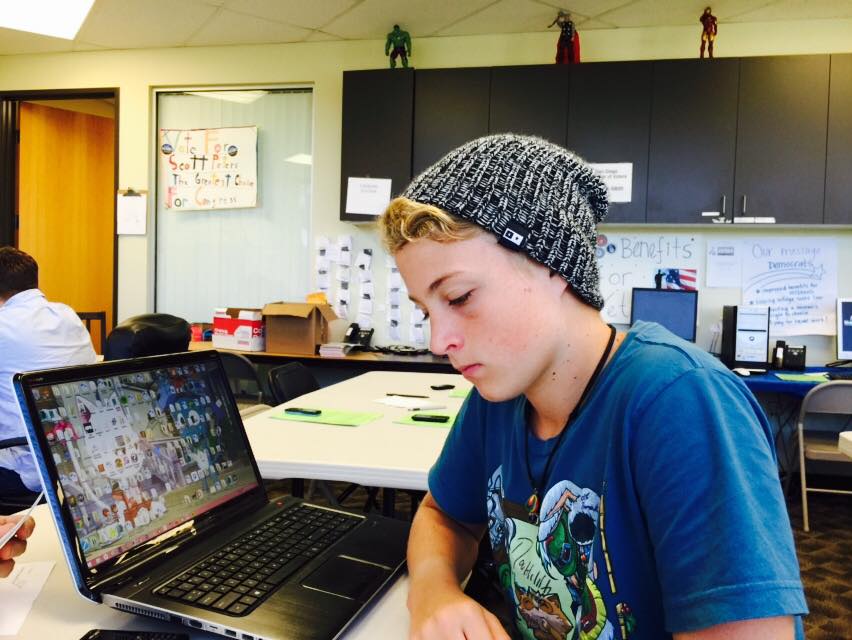

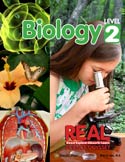


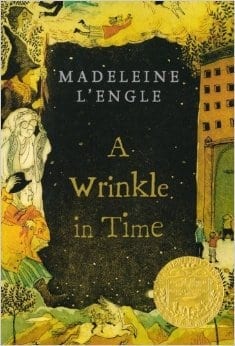
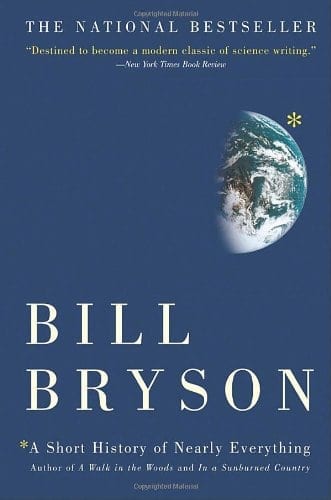
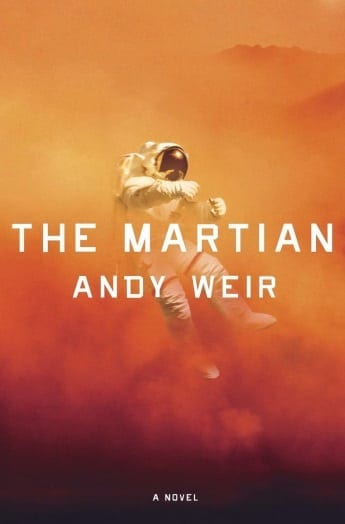
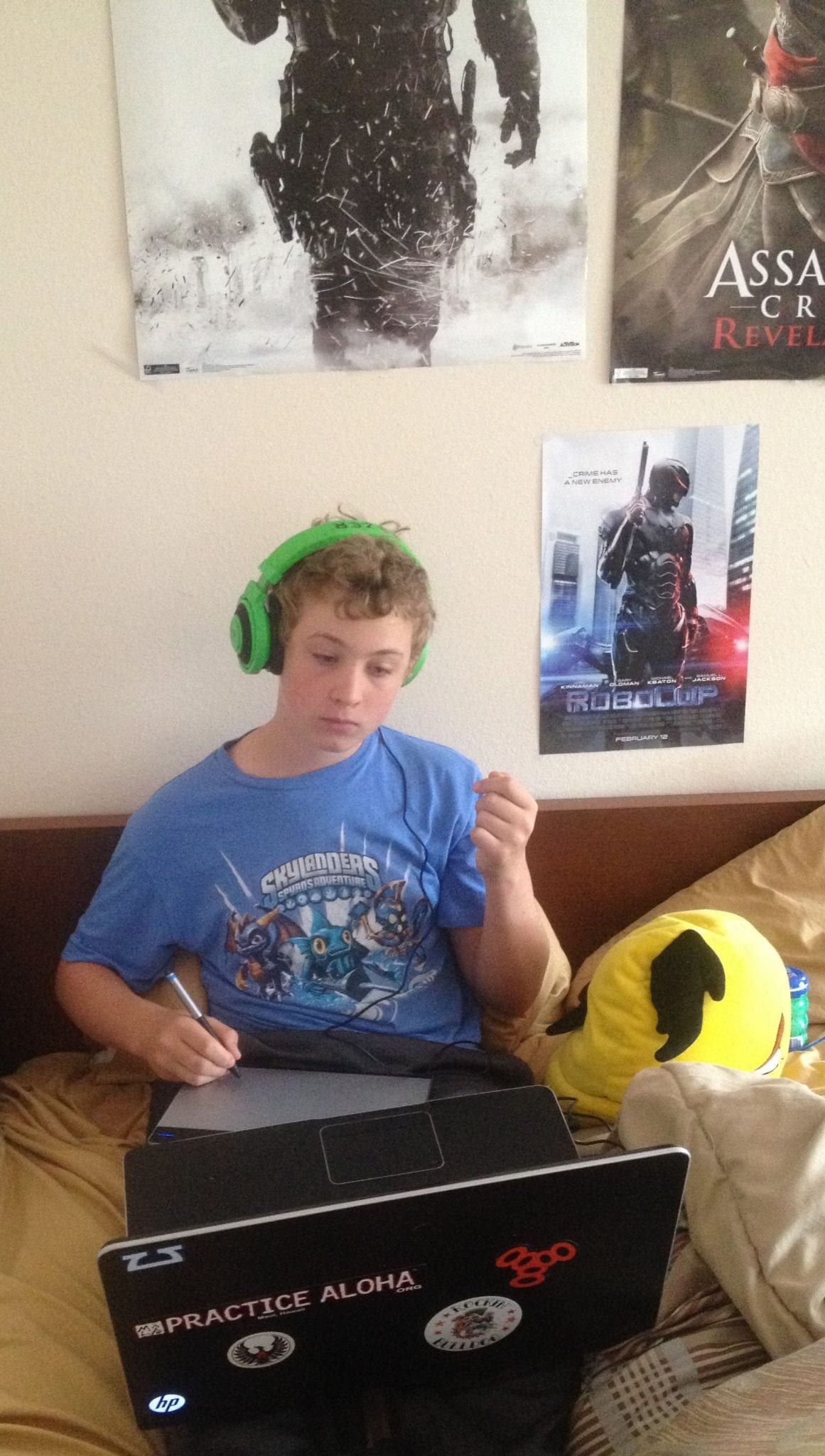
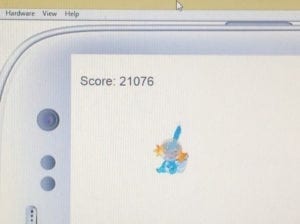

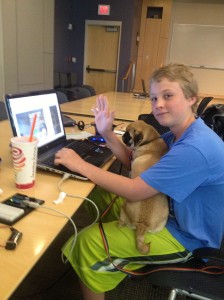
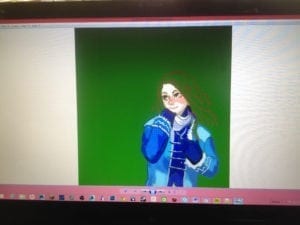

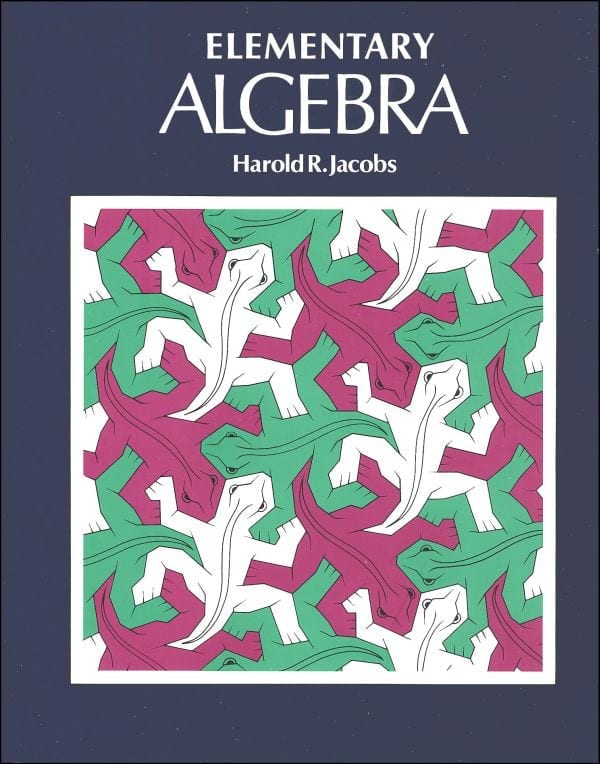
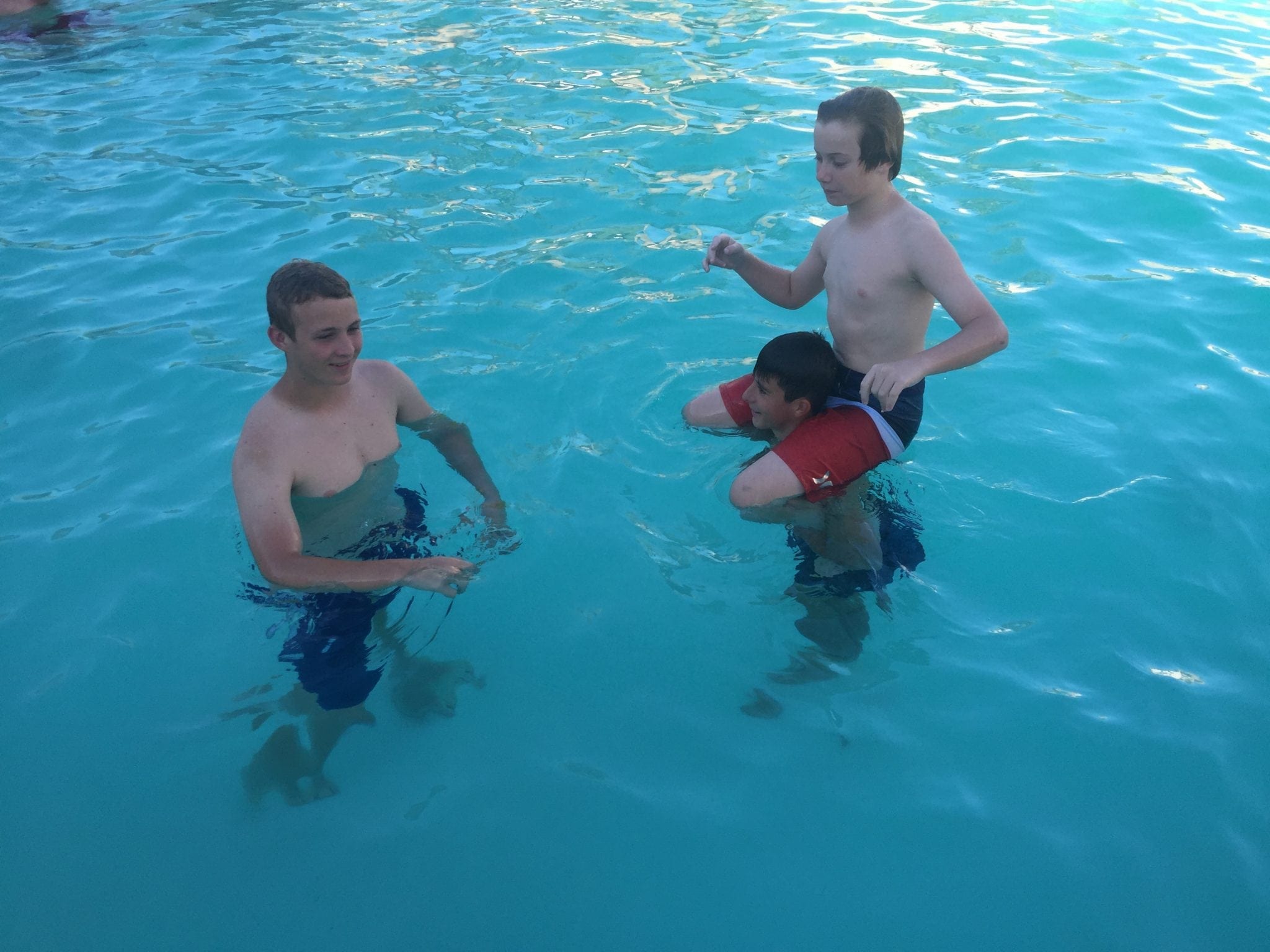
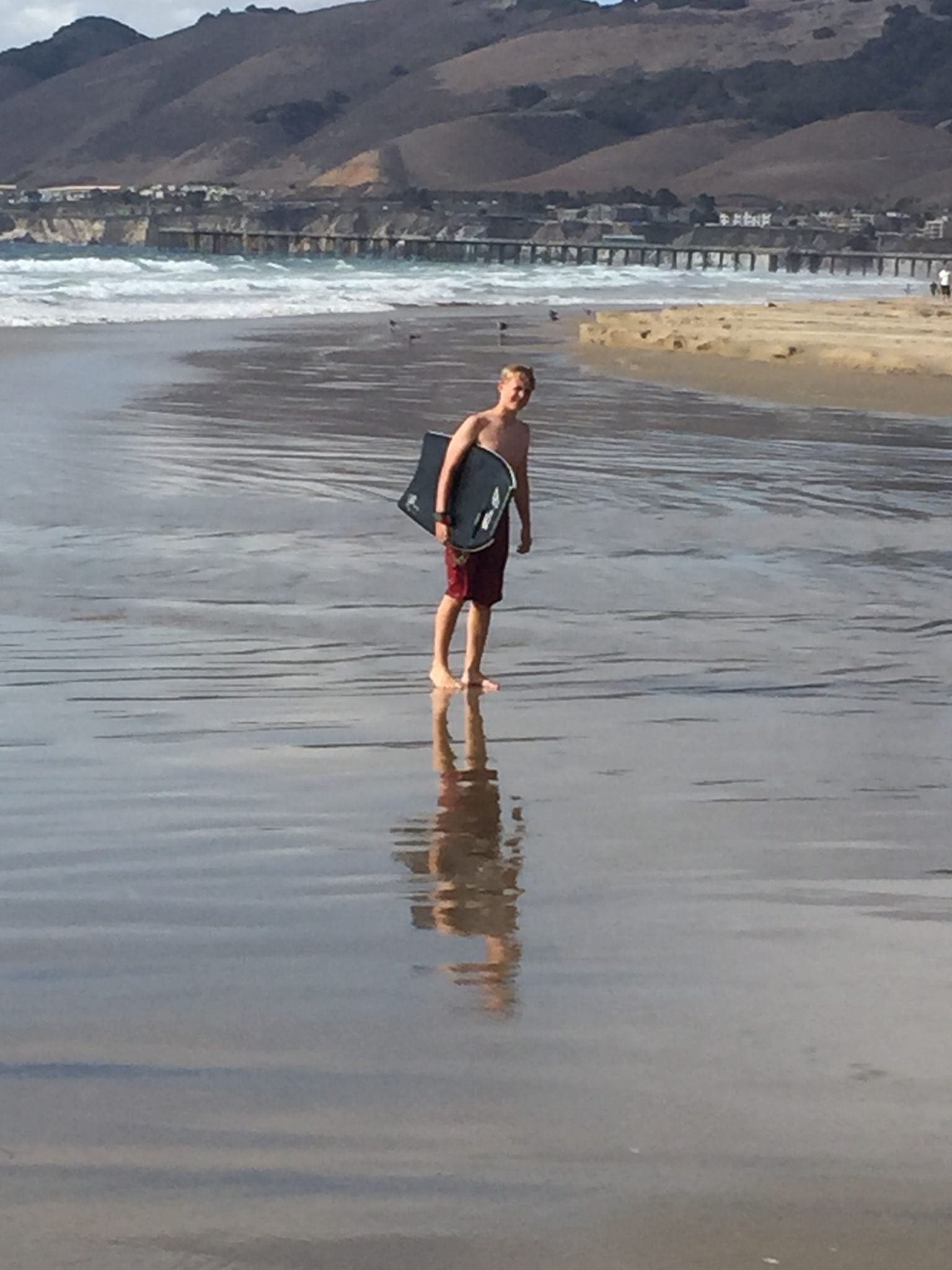
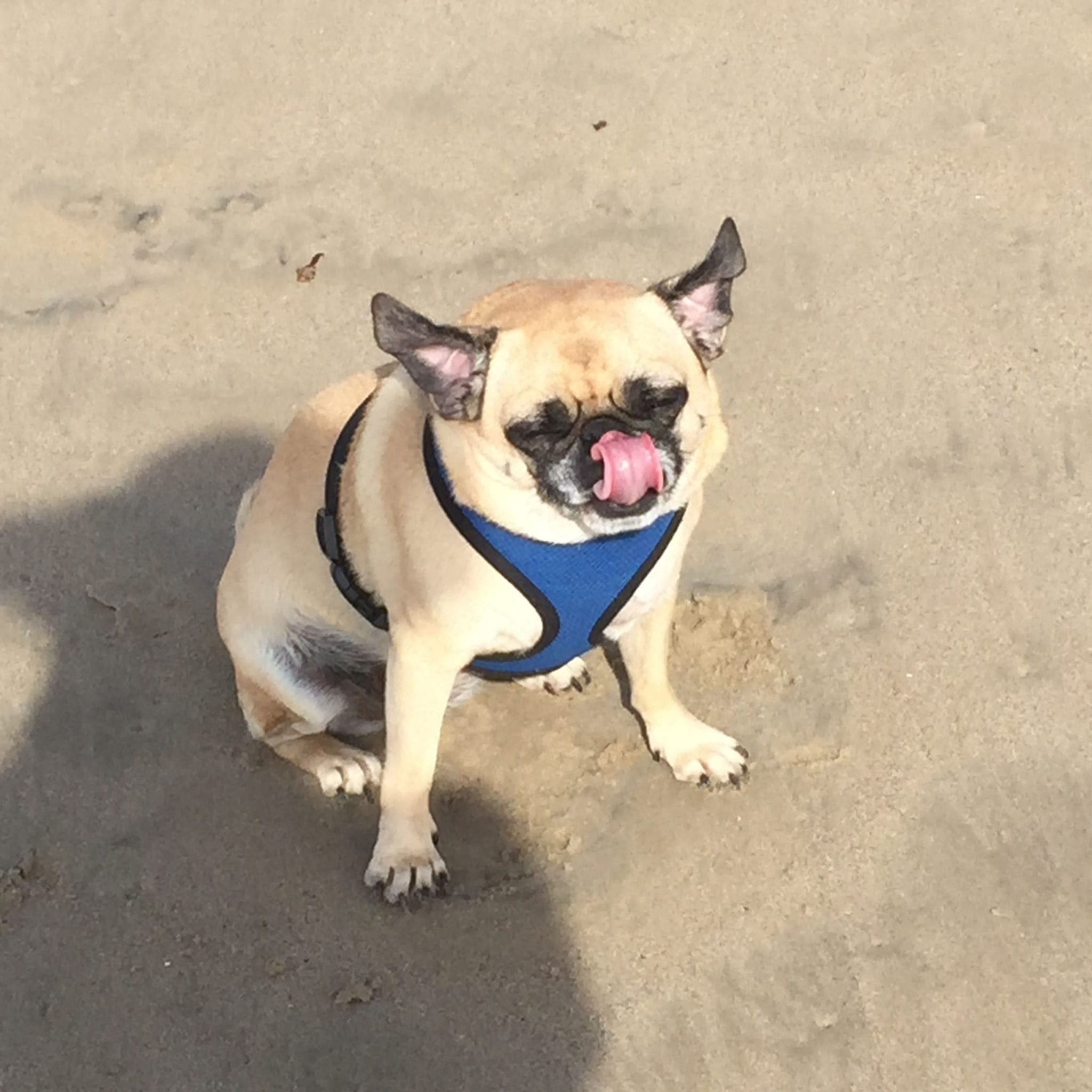
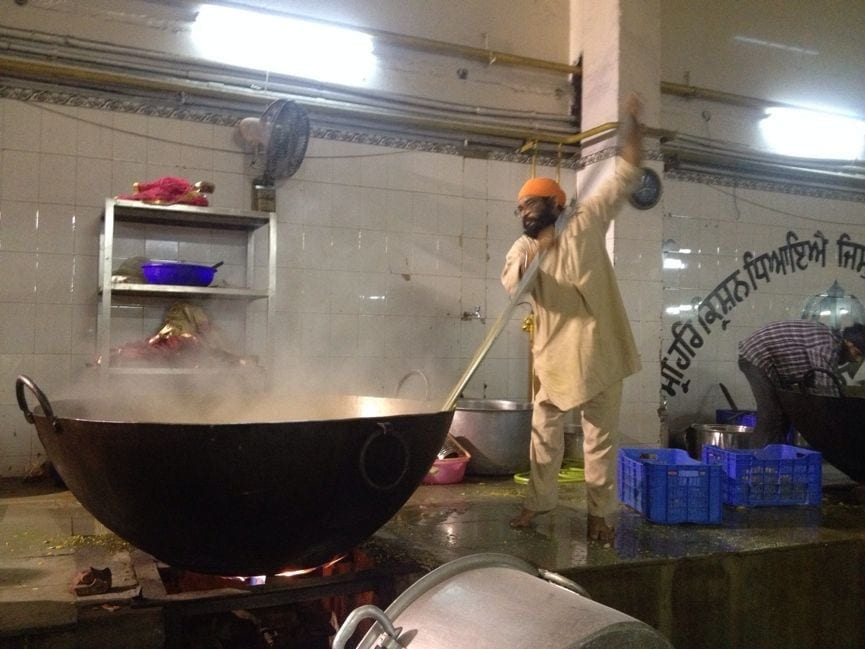

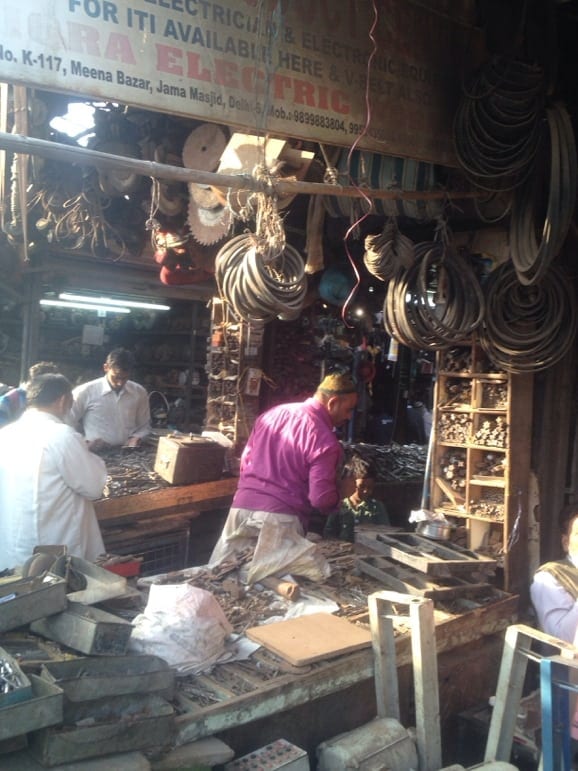
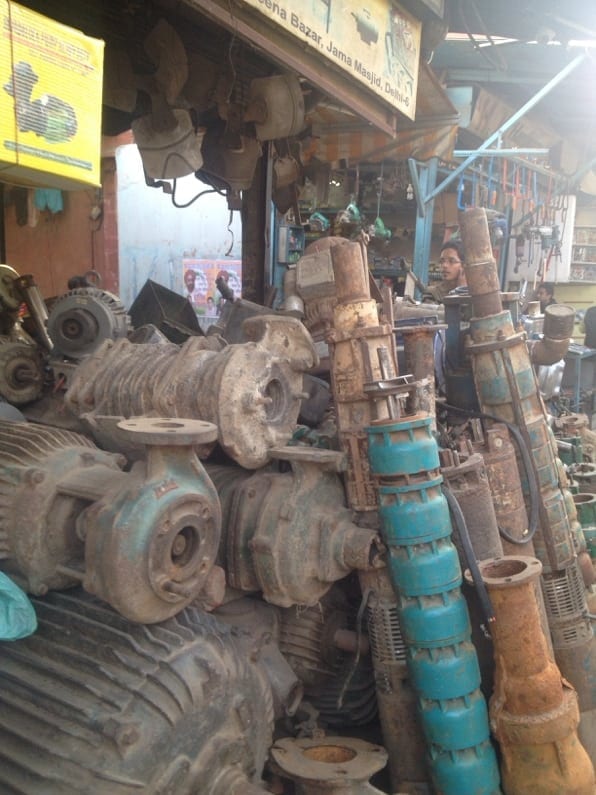
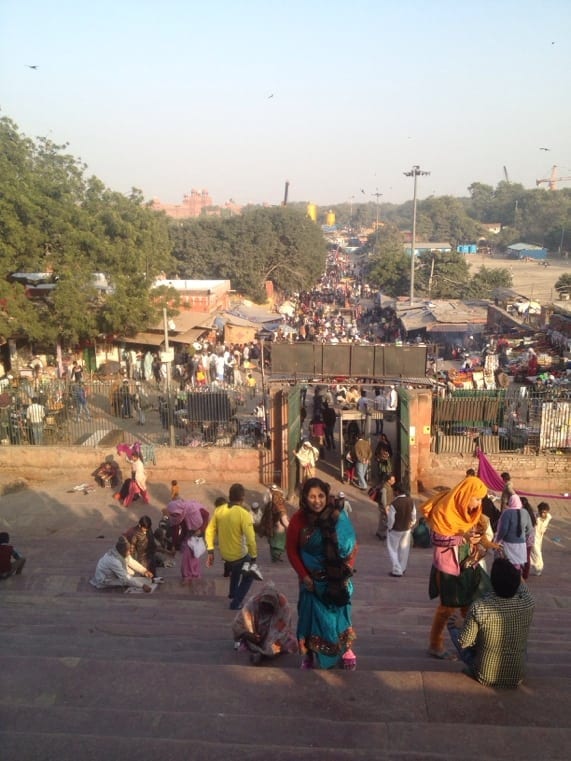
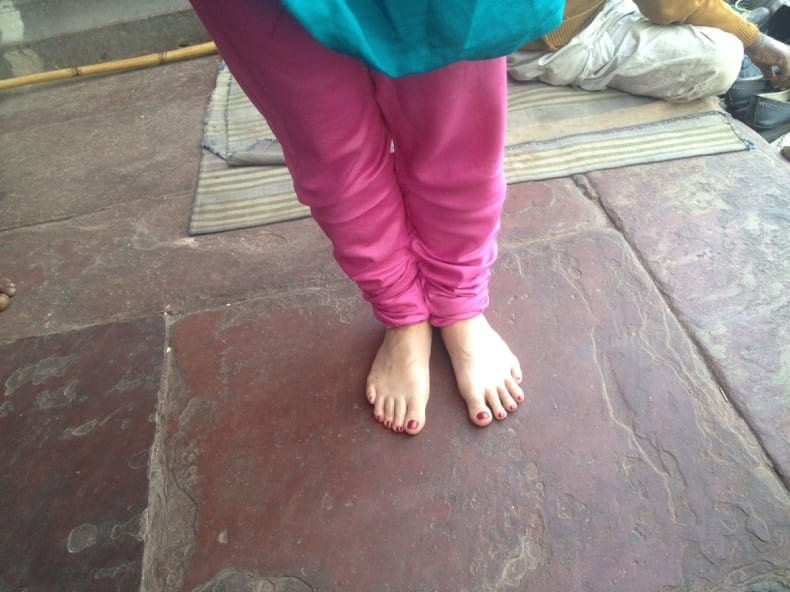


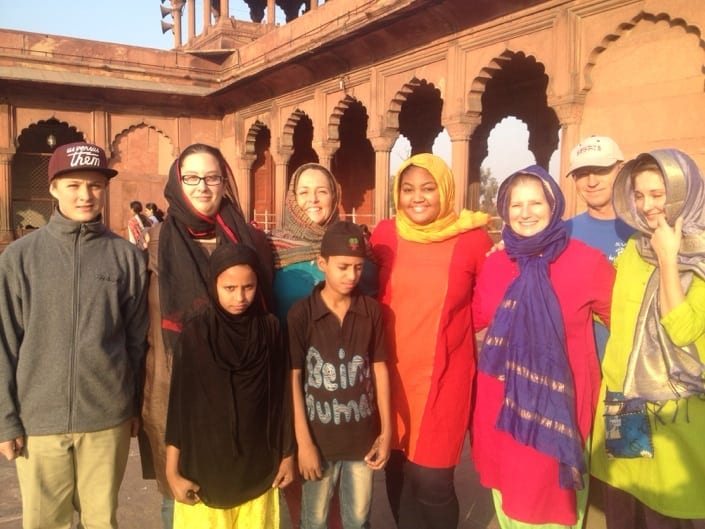

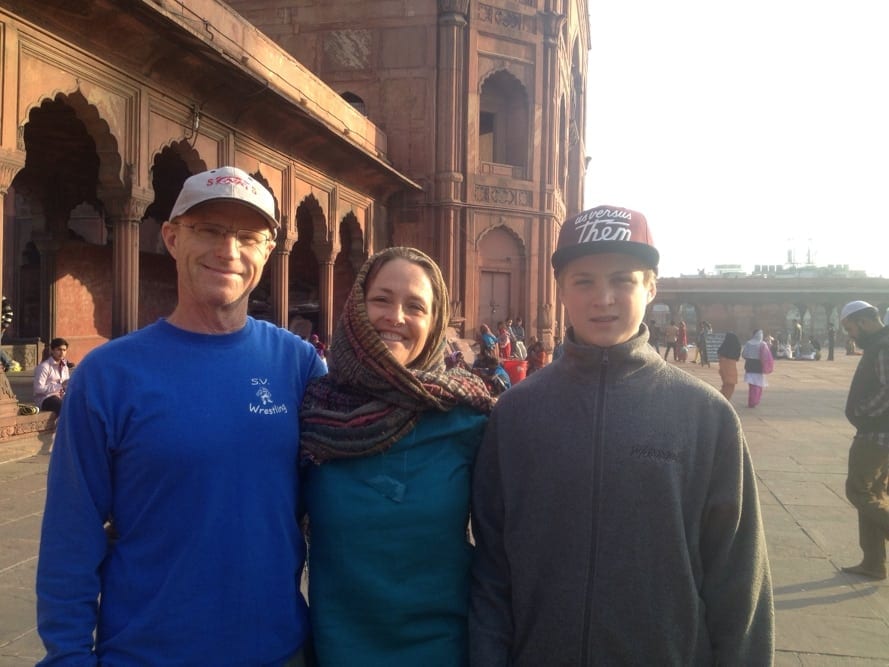

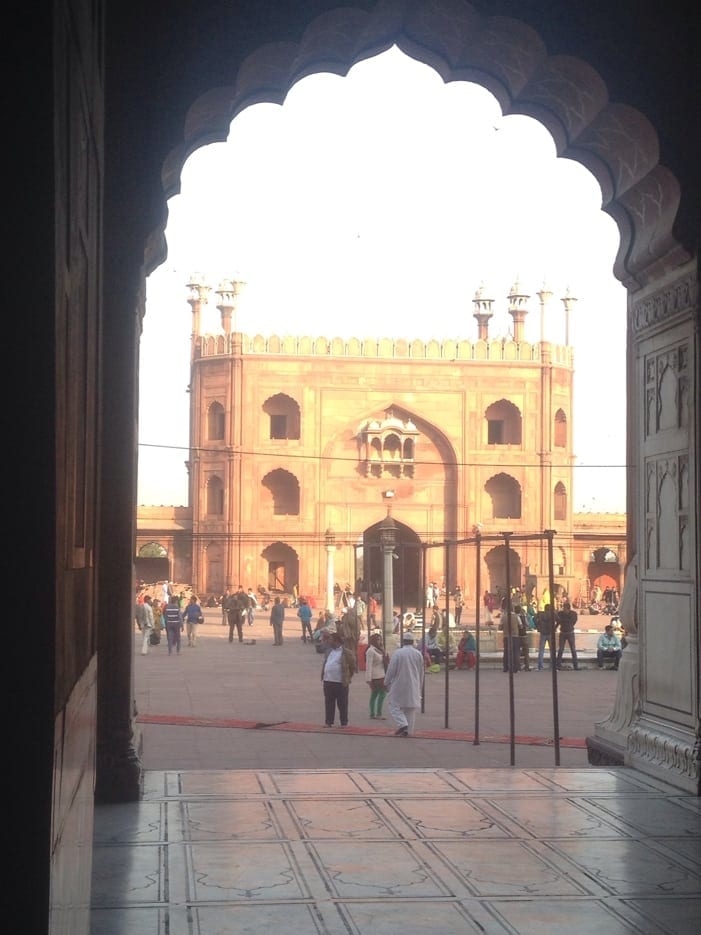

 The actual mosque, Muhammad’s beard hair is in there somewhere. The call to worship from this mosque sounded quite different from the one we heard at the mosque in Dubai.
The actual mosque, Muhammad’s beard hair is in there somewhere. The call to worship from this mosque sounded quite different from the one we heard at the mosque in Dubai.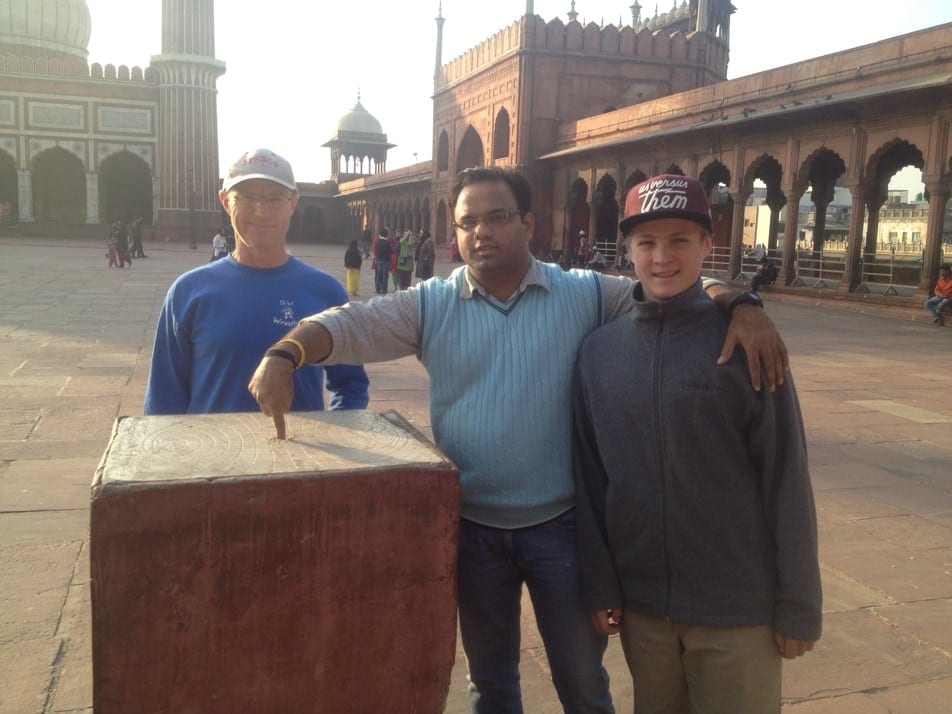
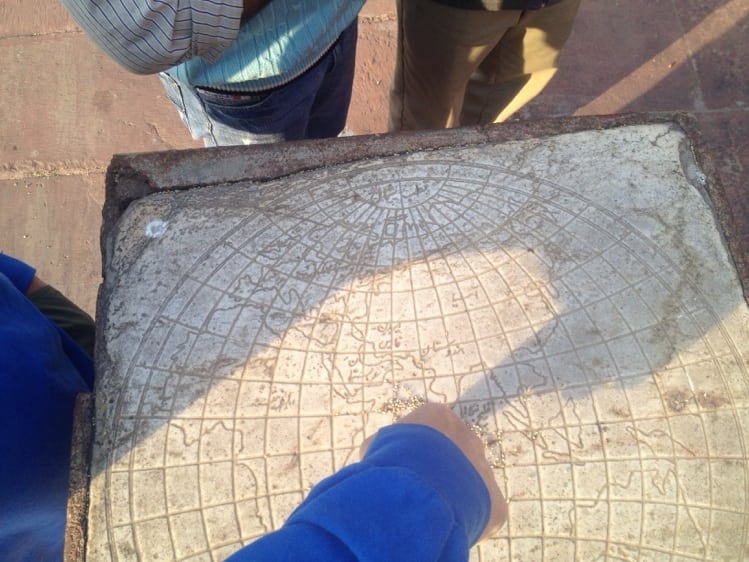
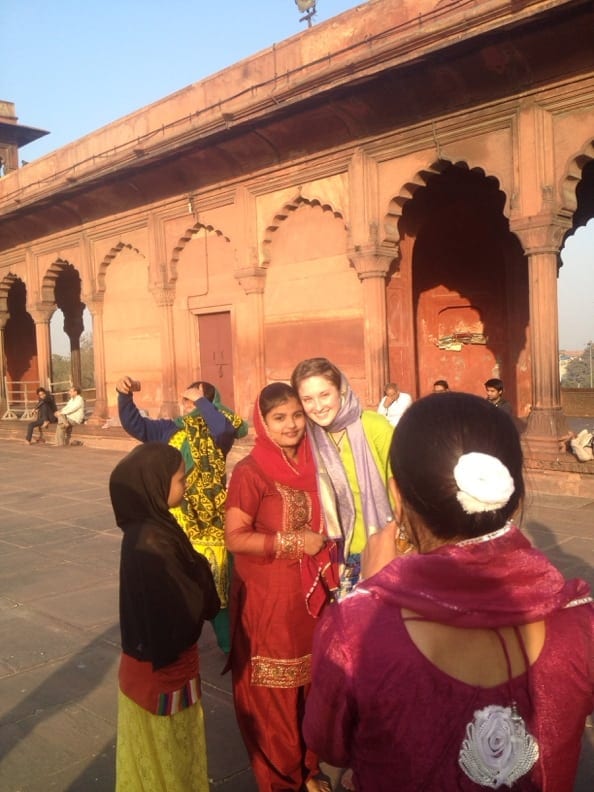
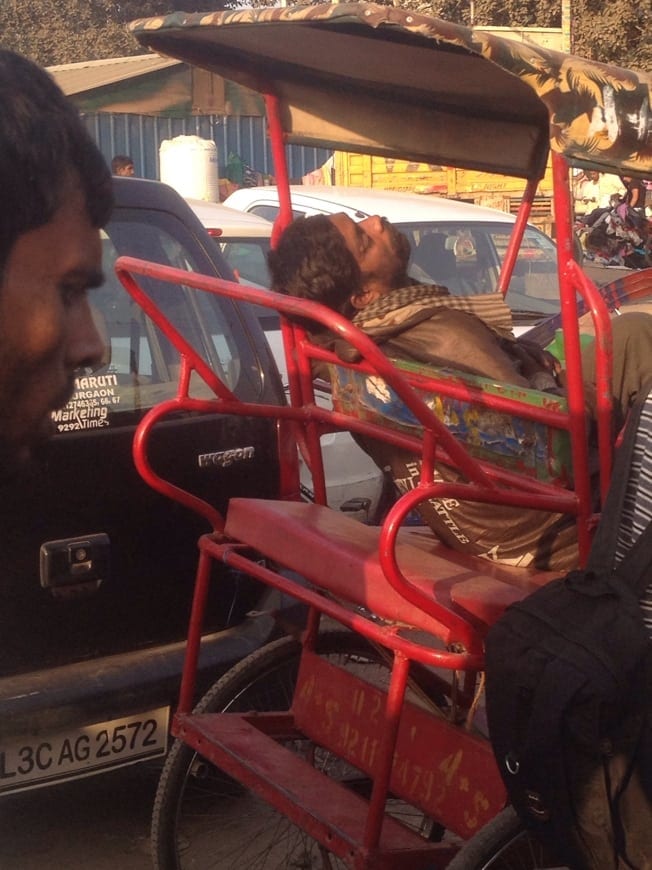 Now we are on our way to a Hindi Temple.
Now we are on our way to a Hindi Temple.





